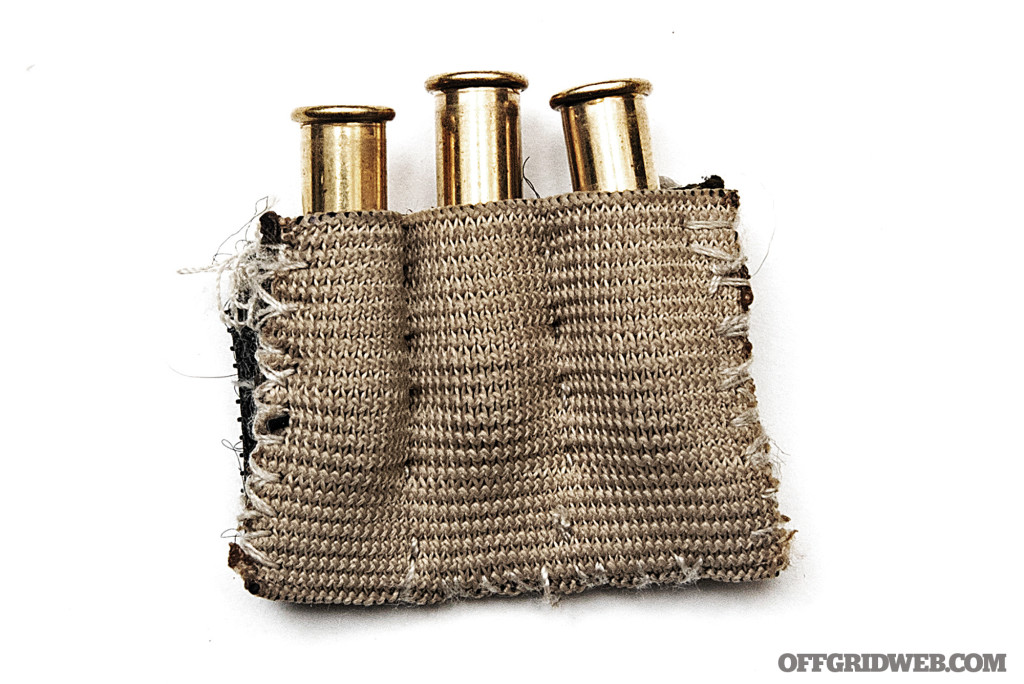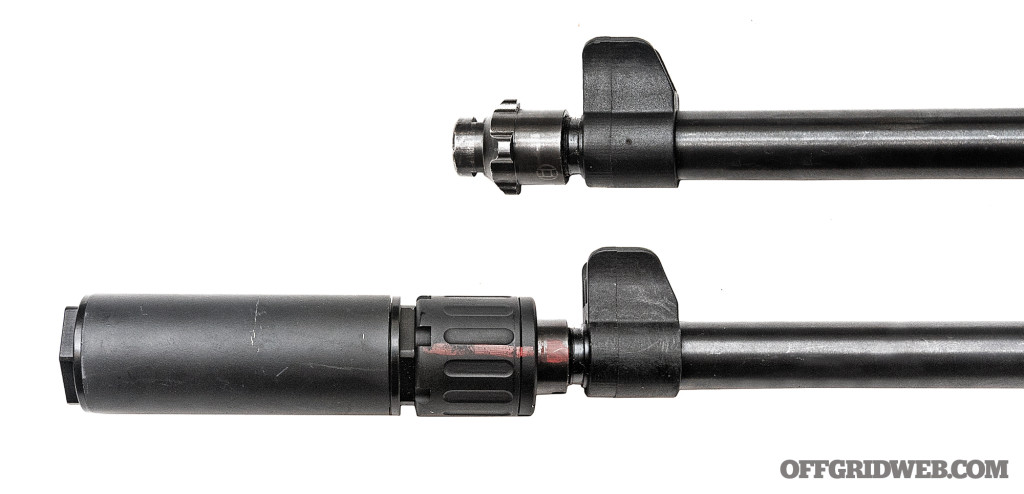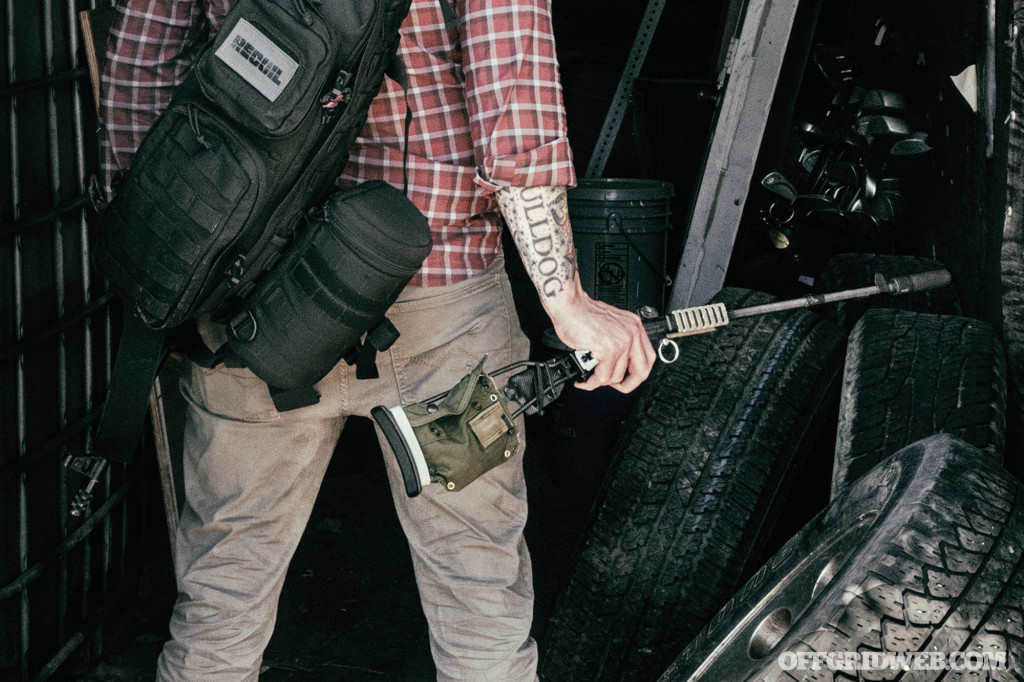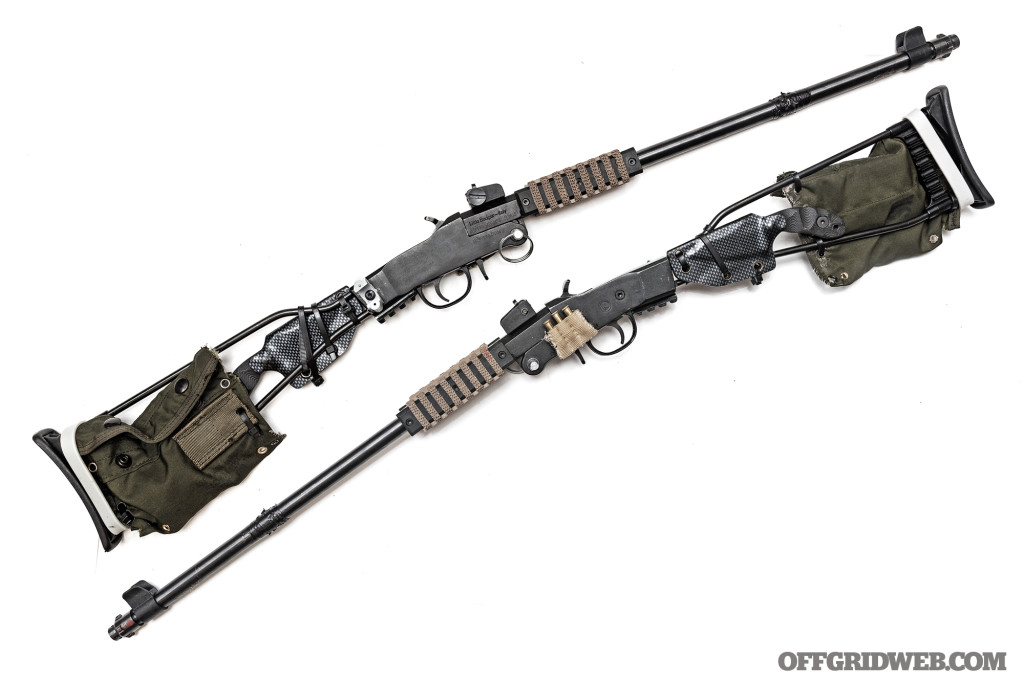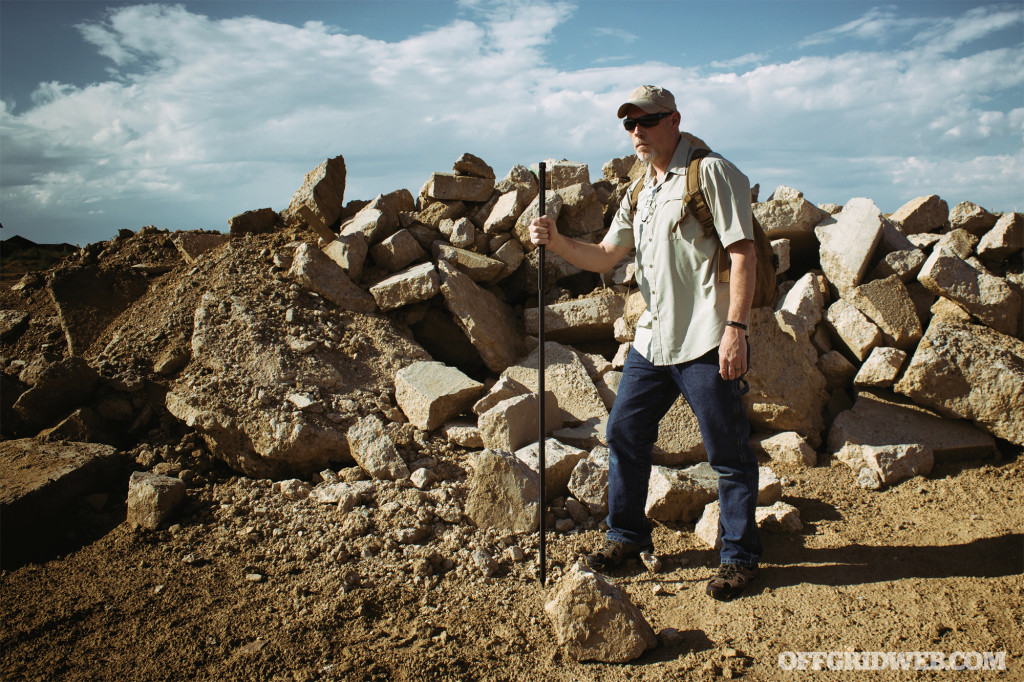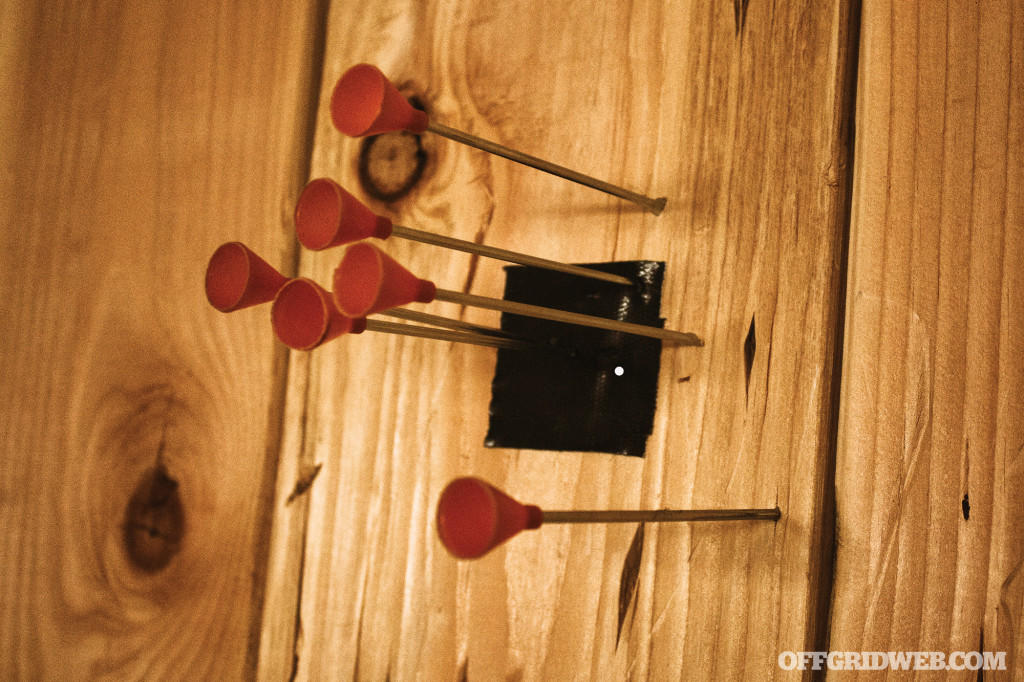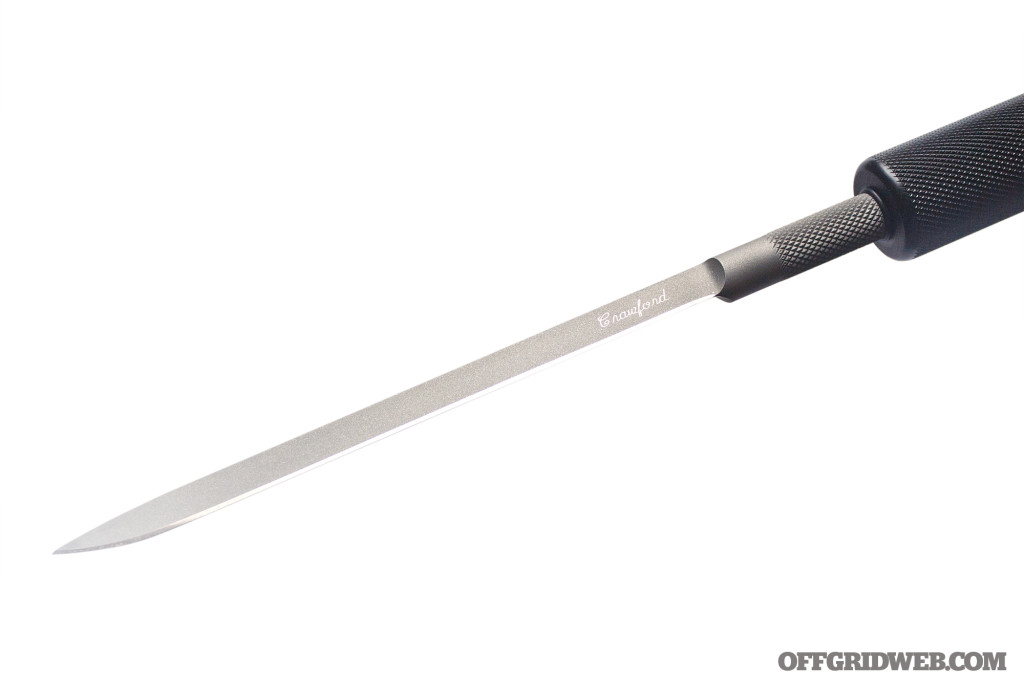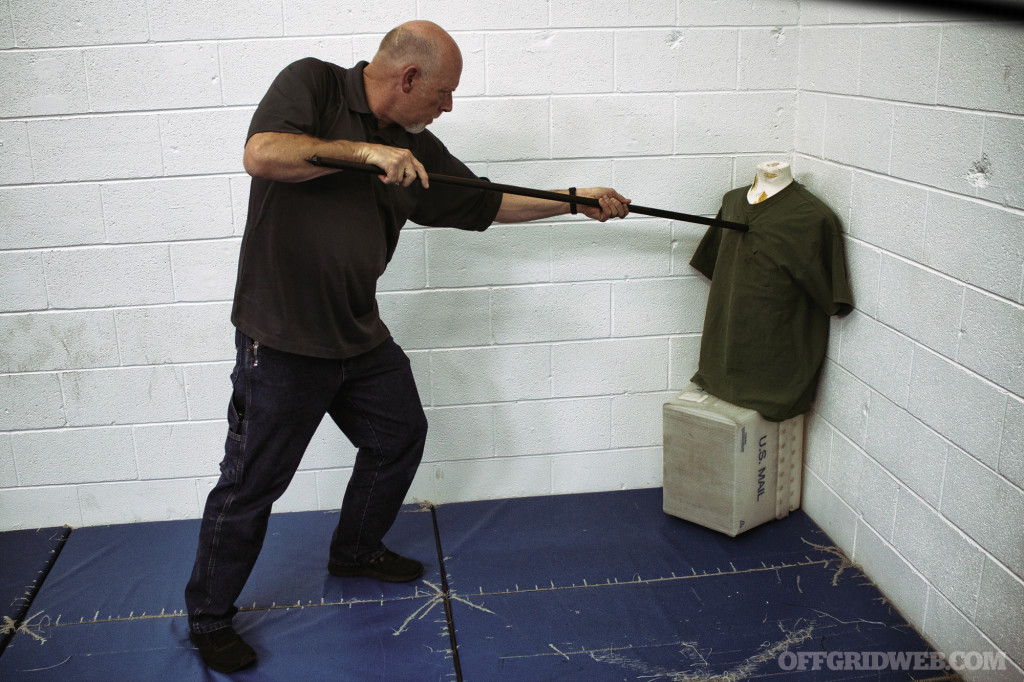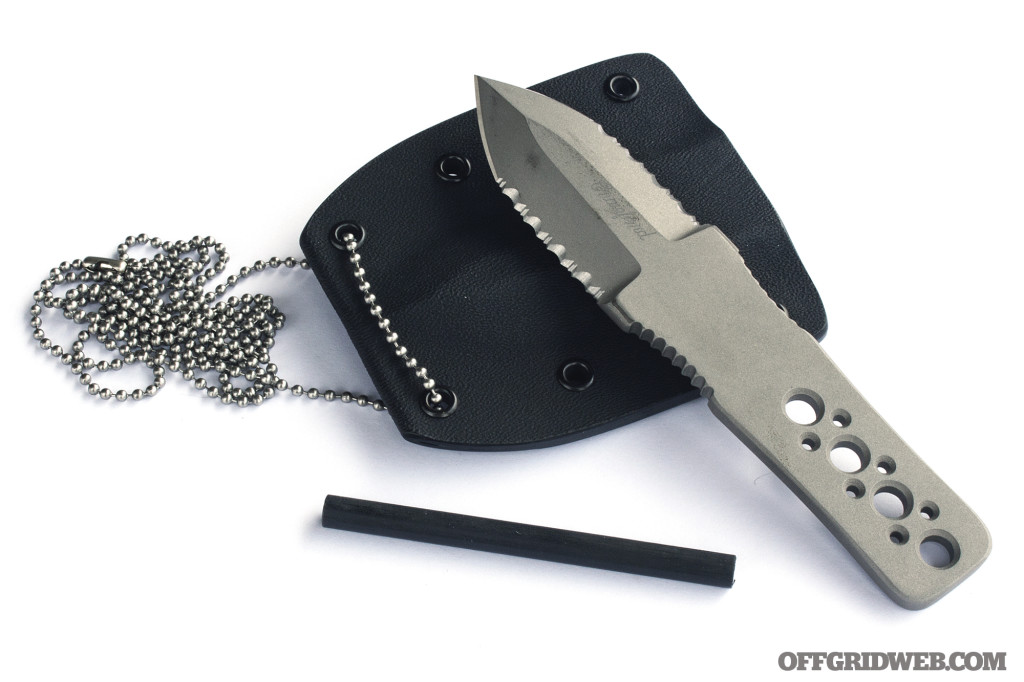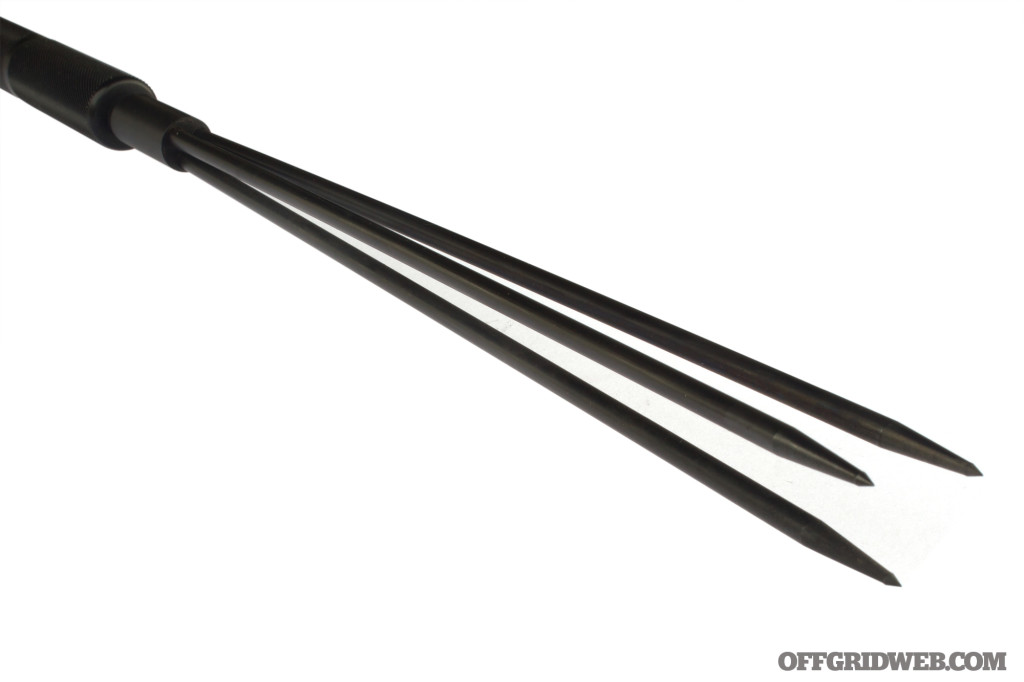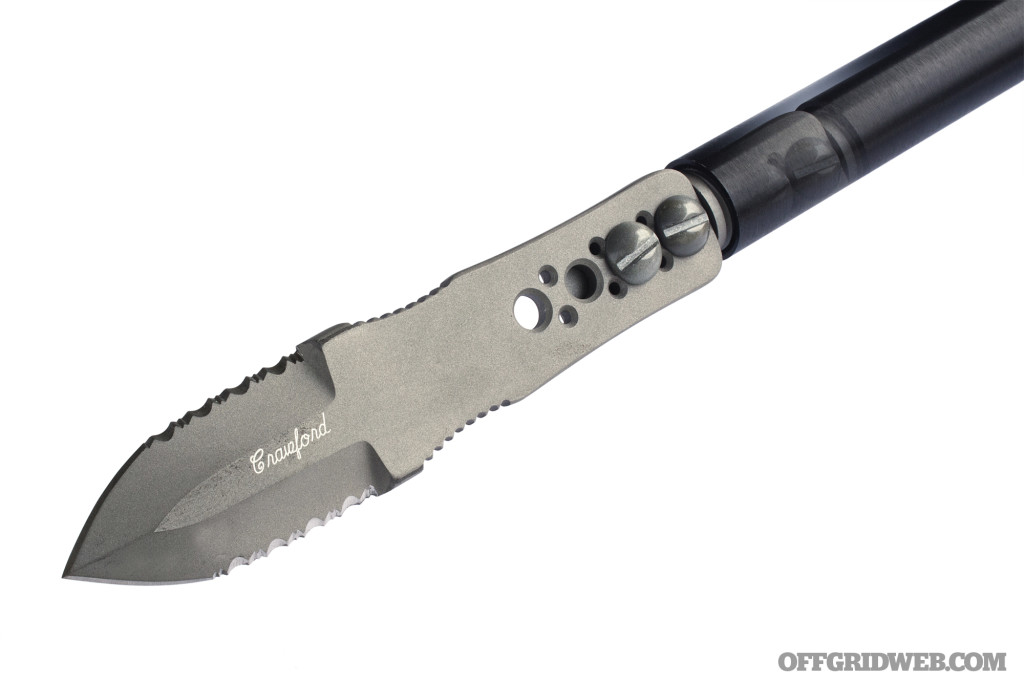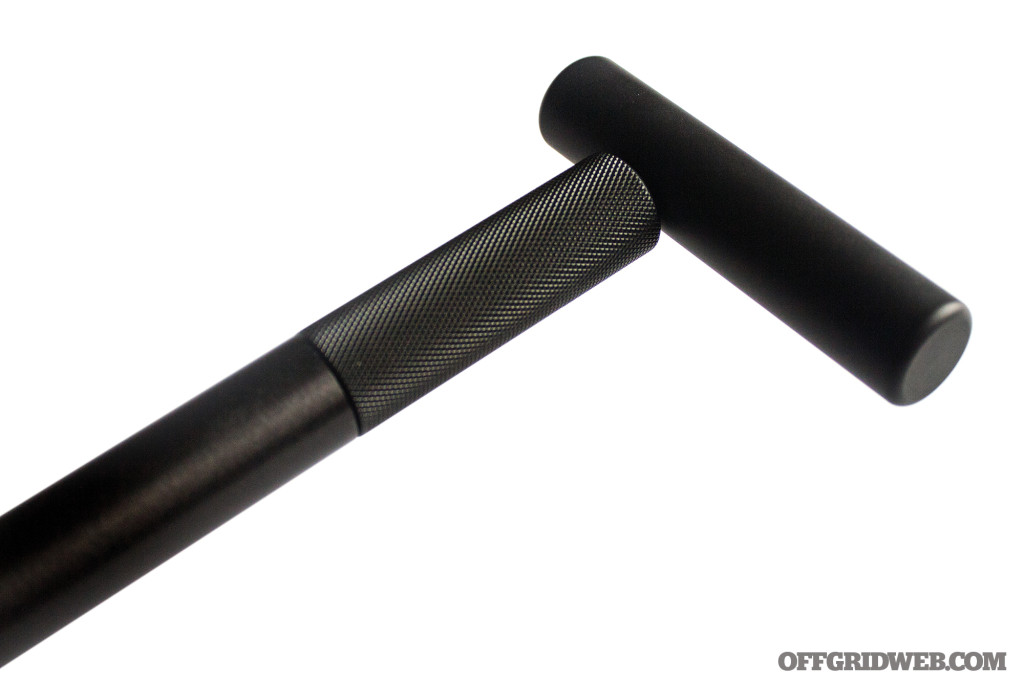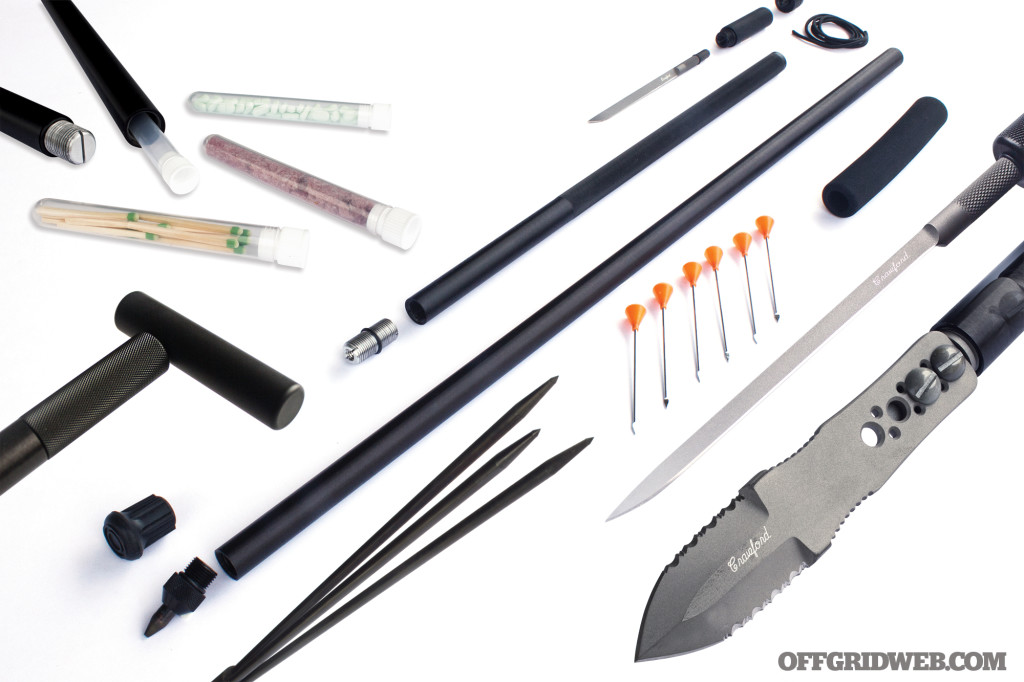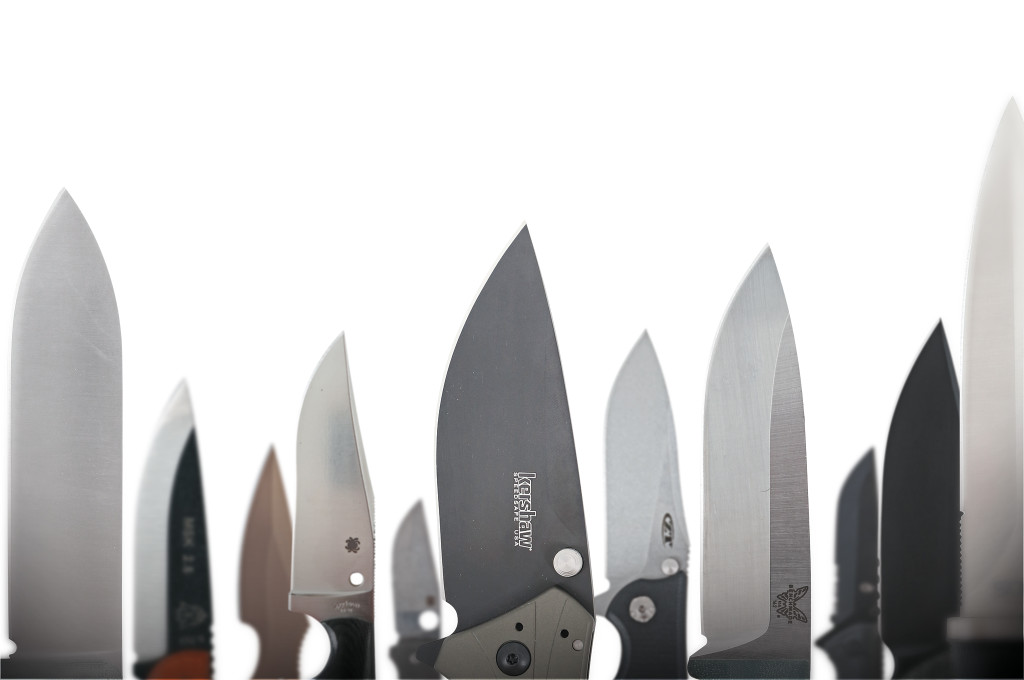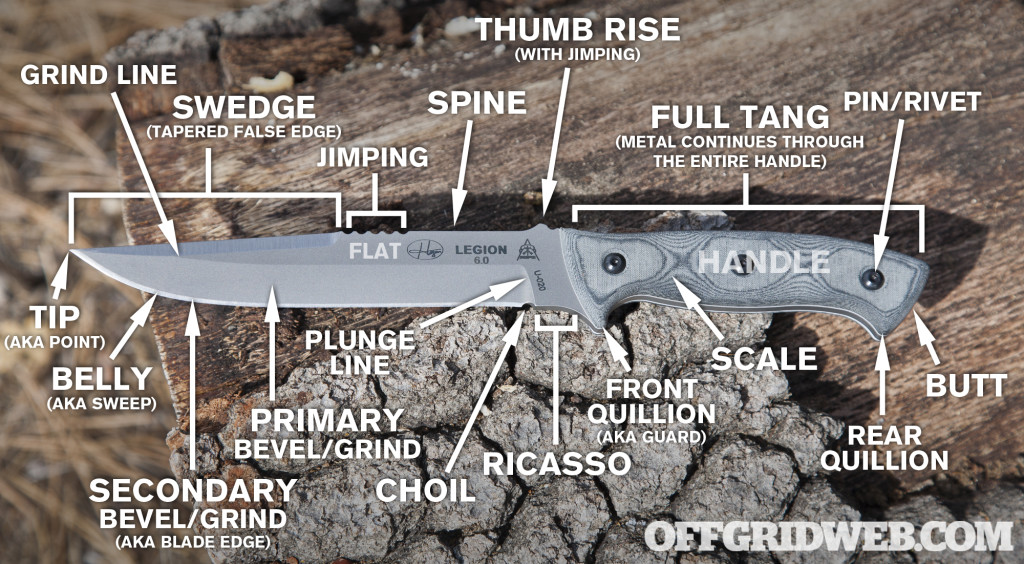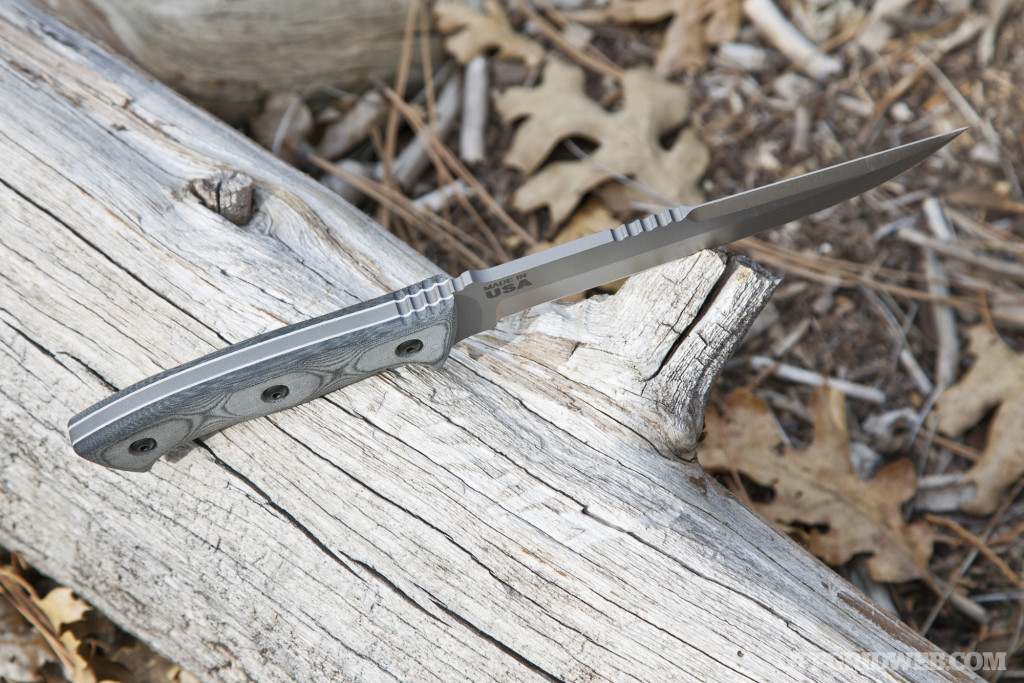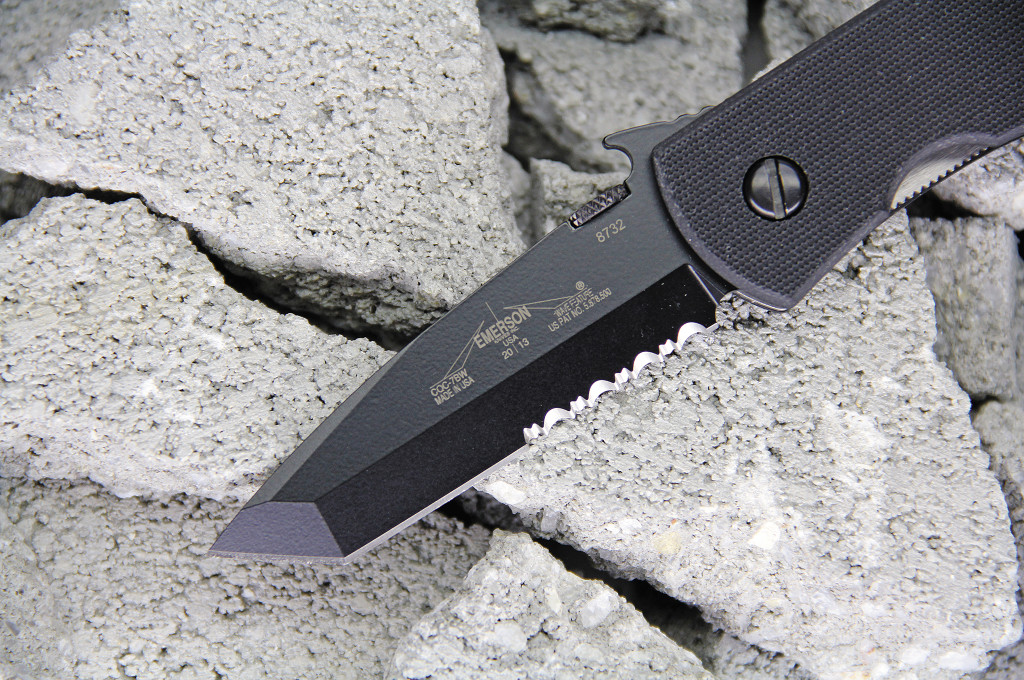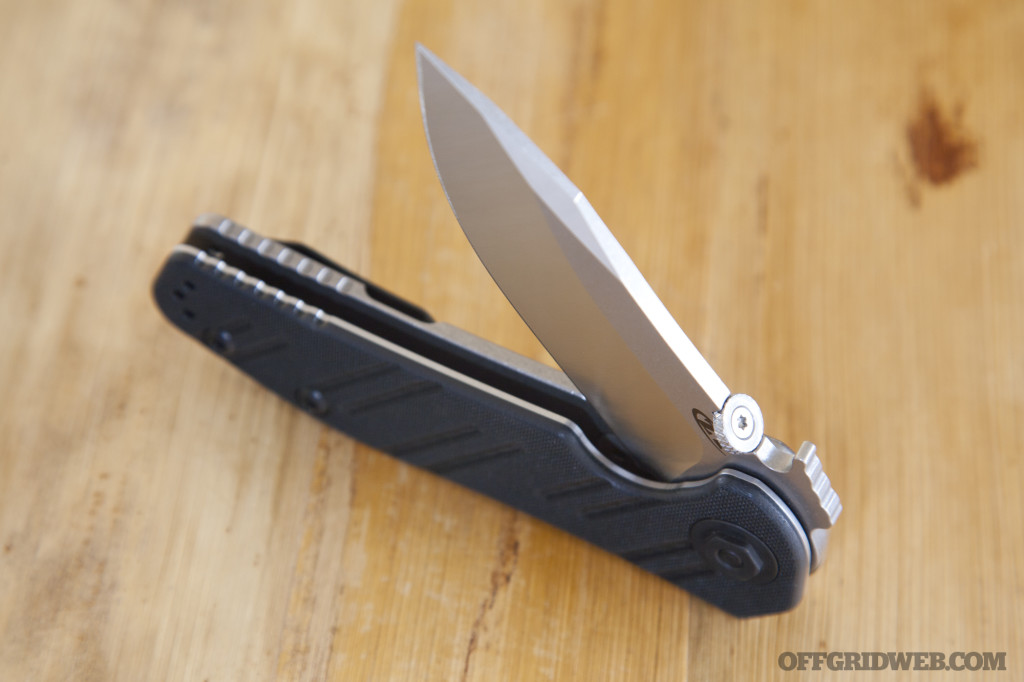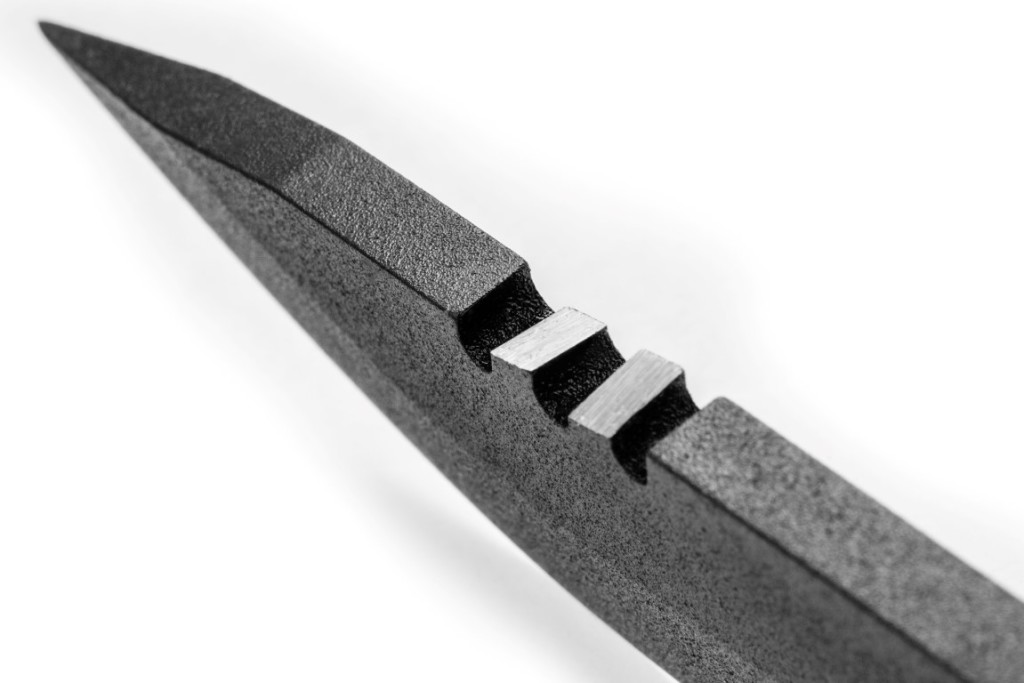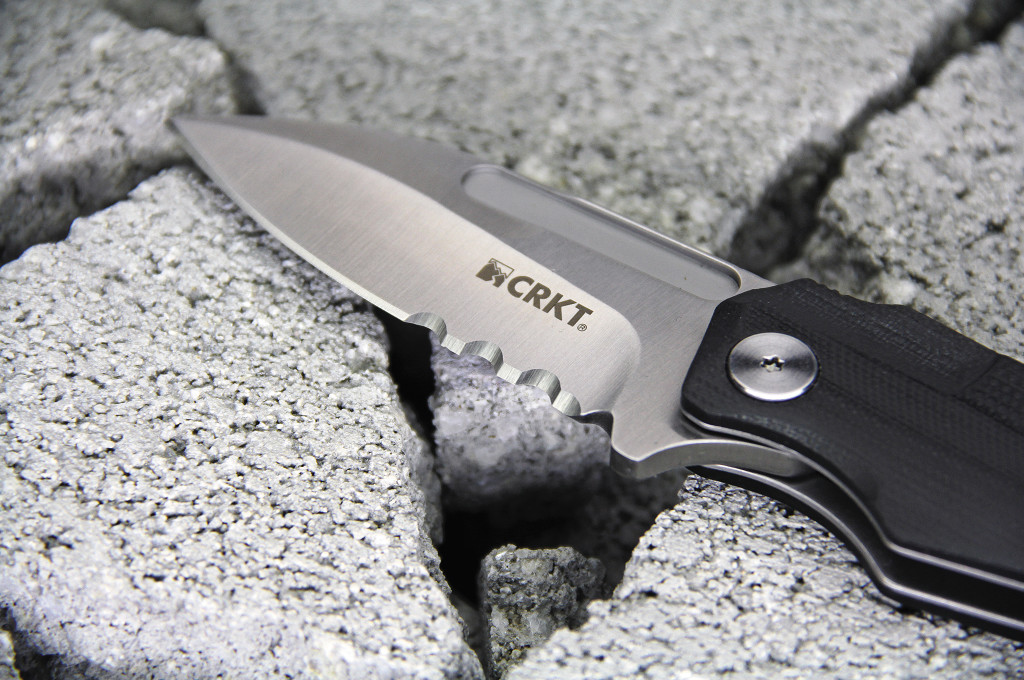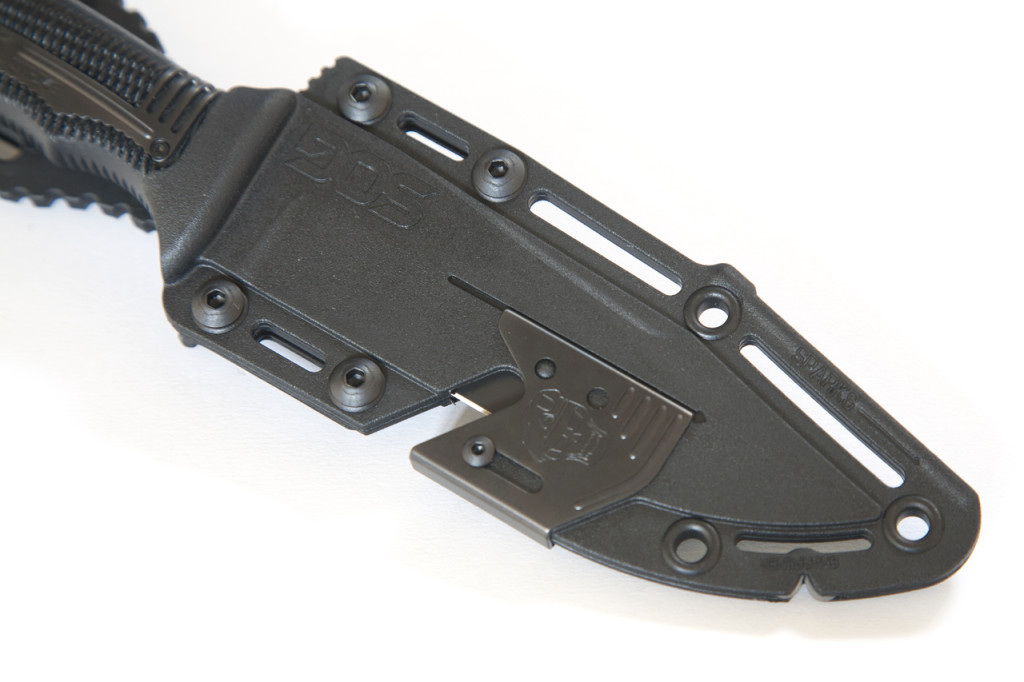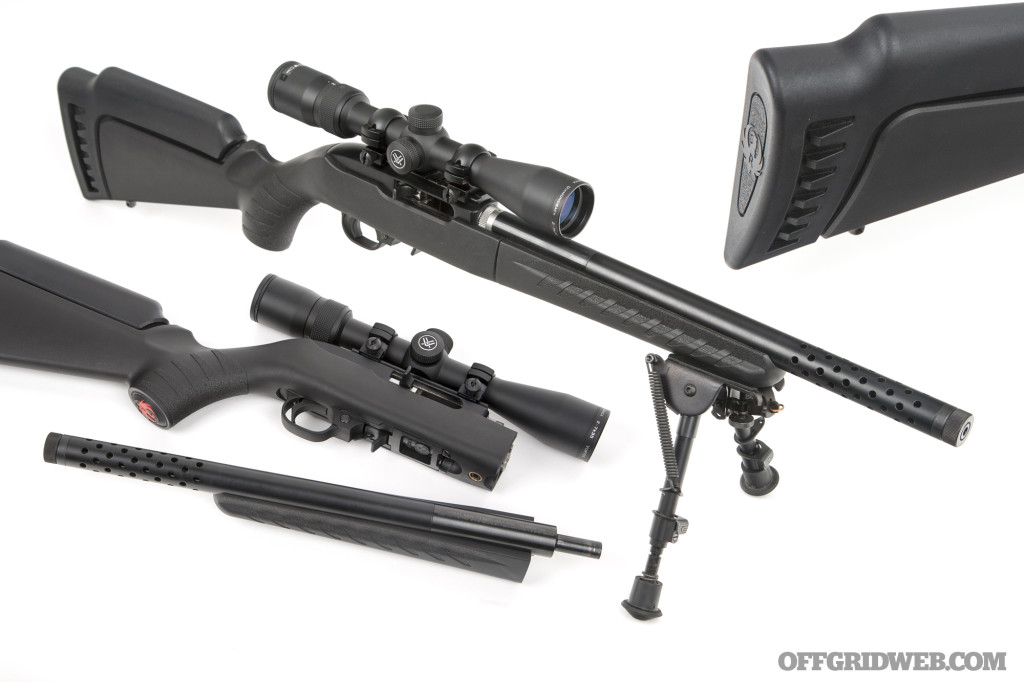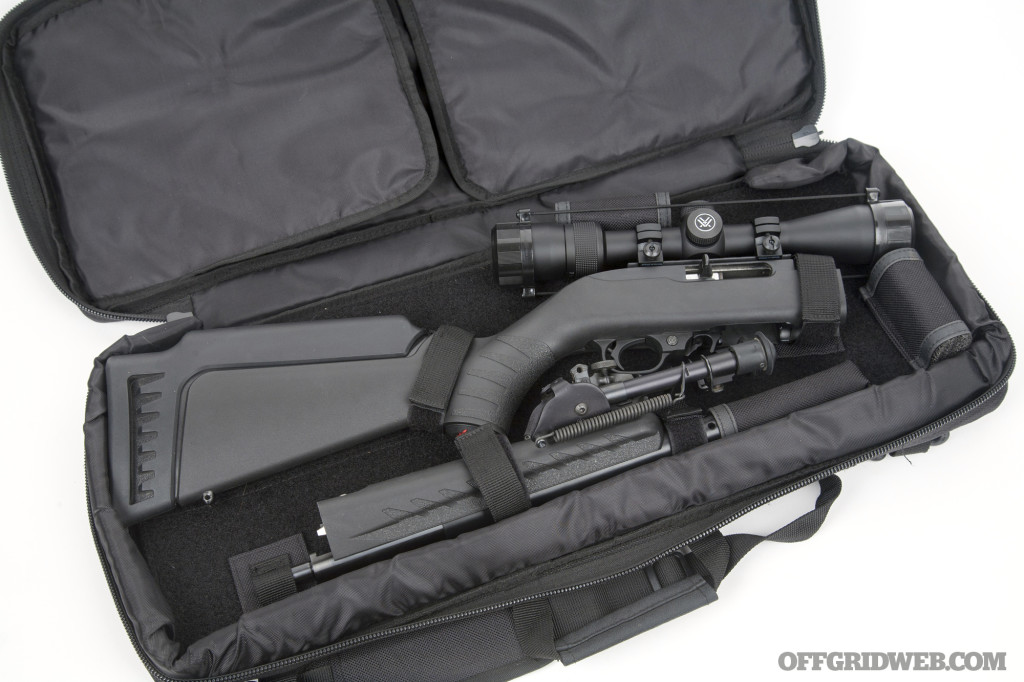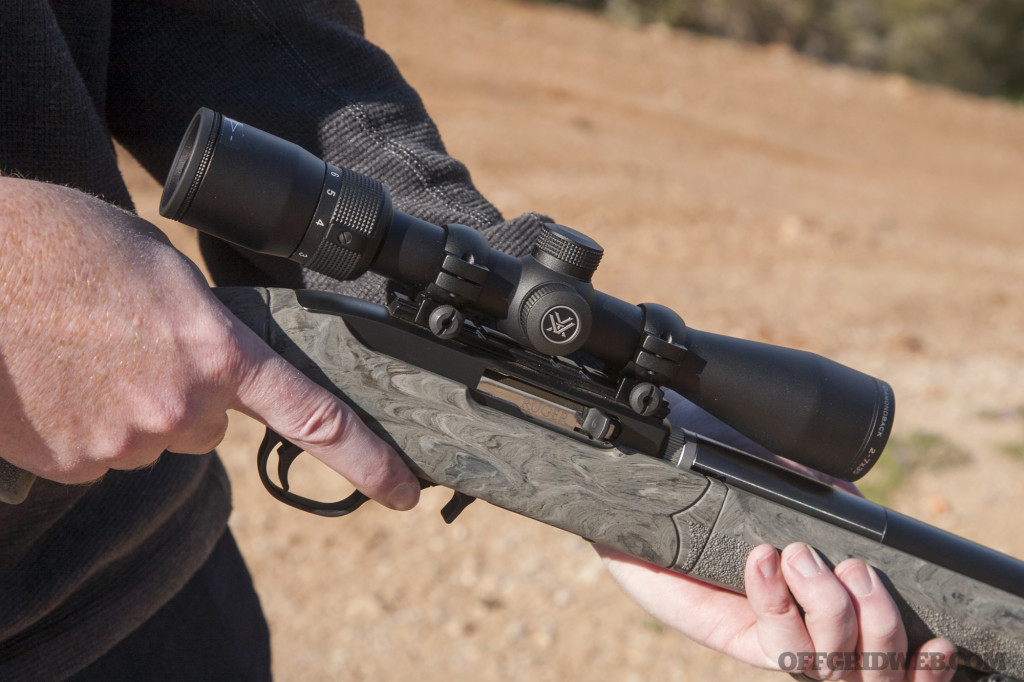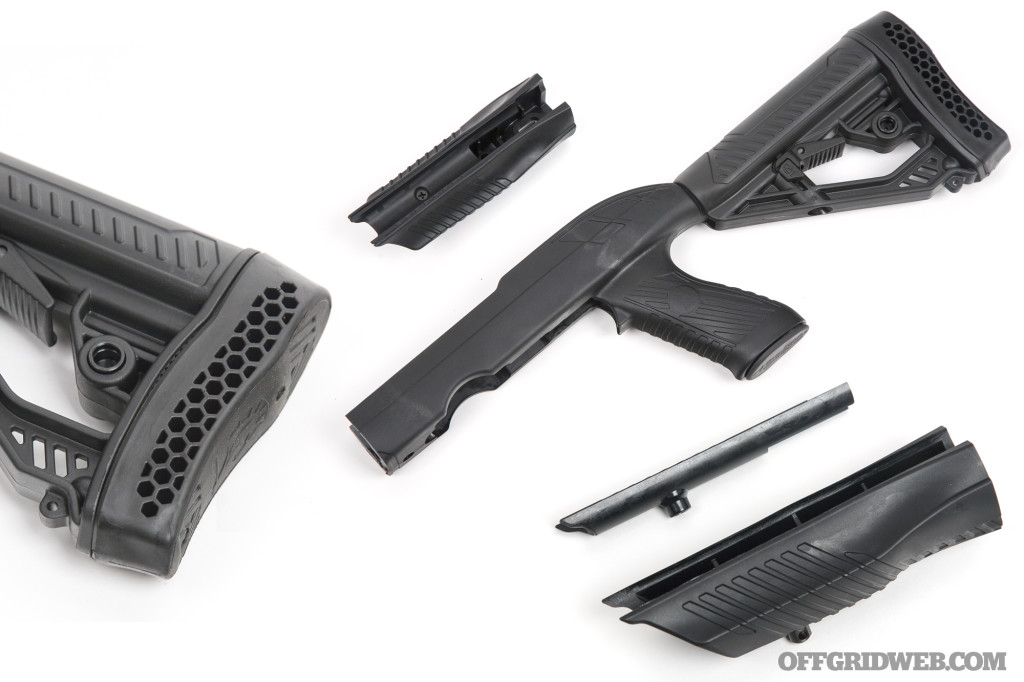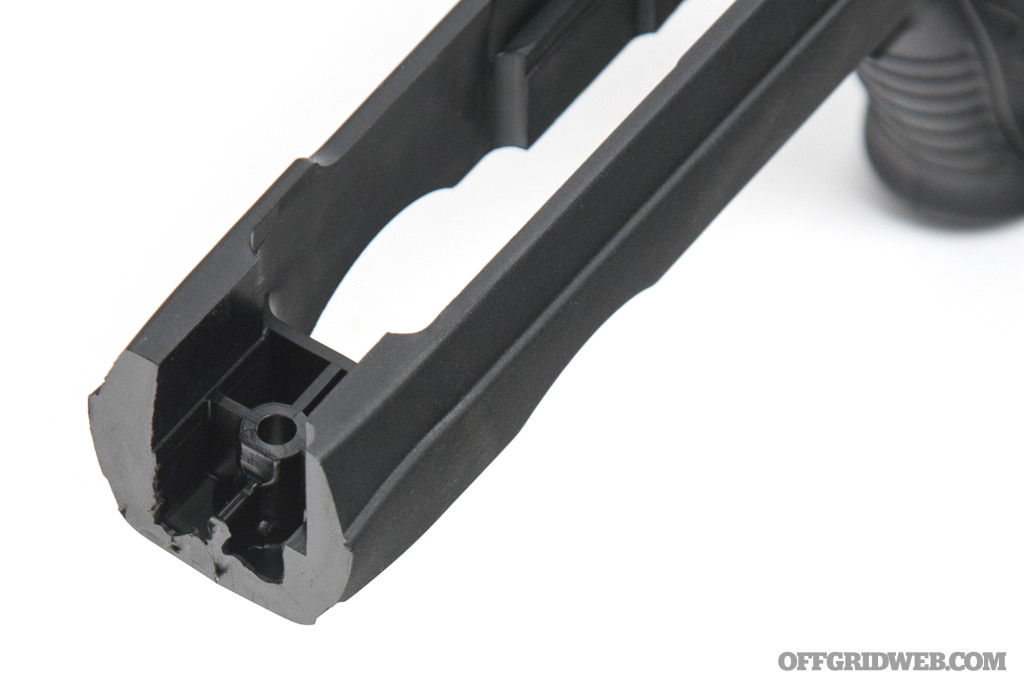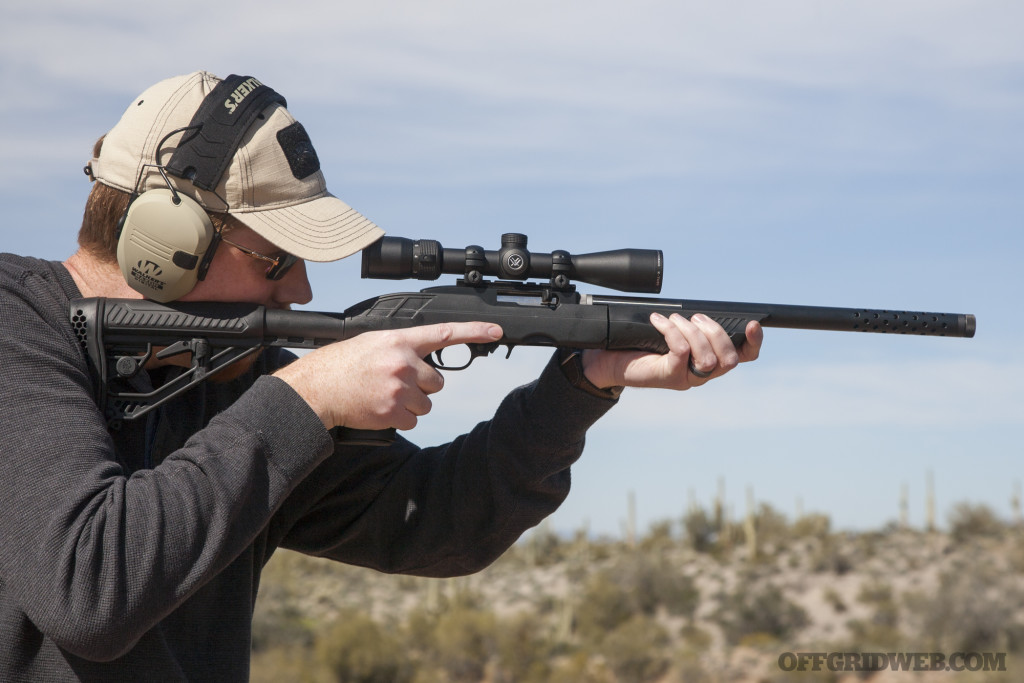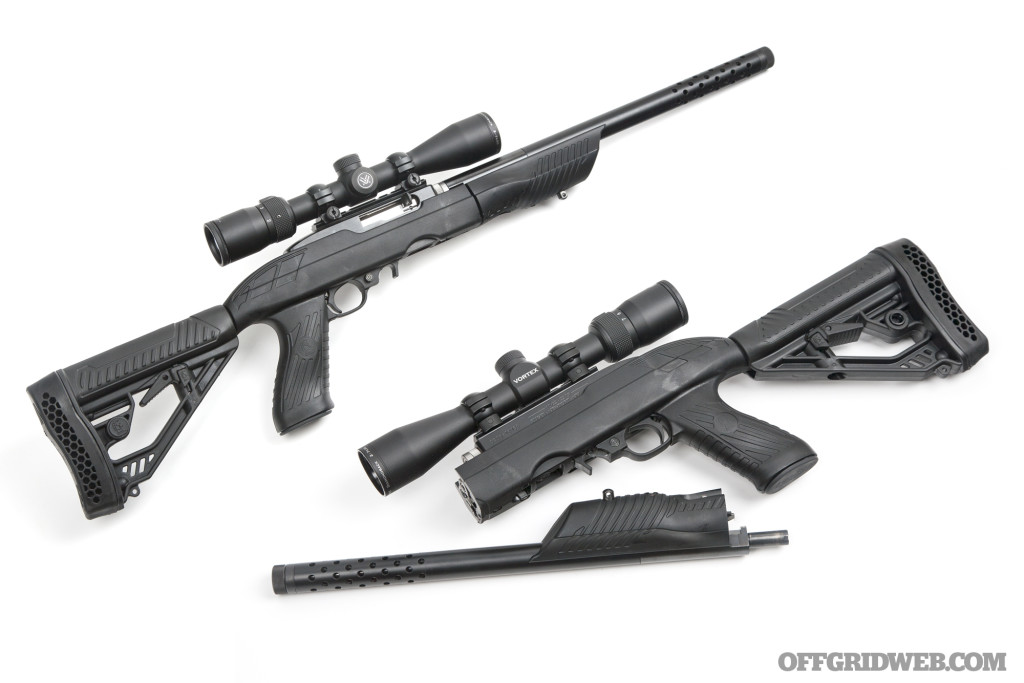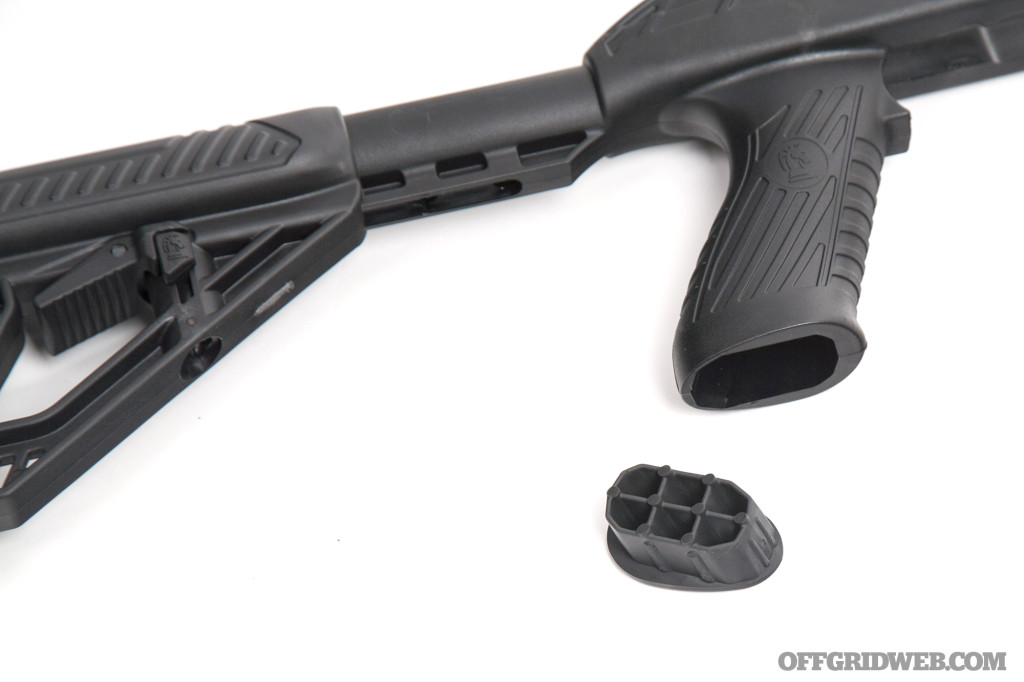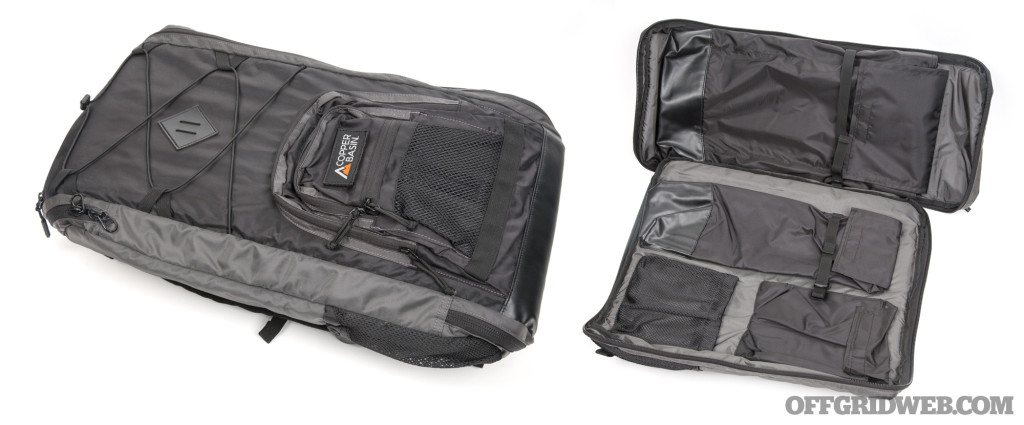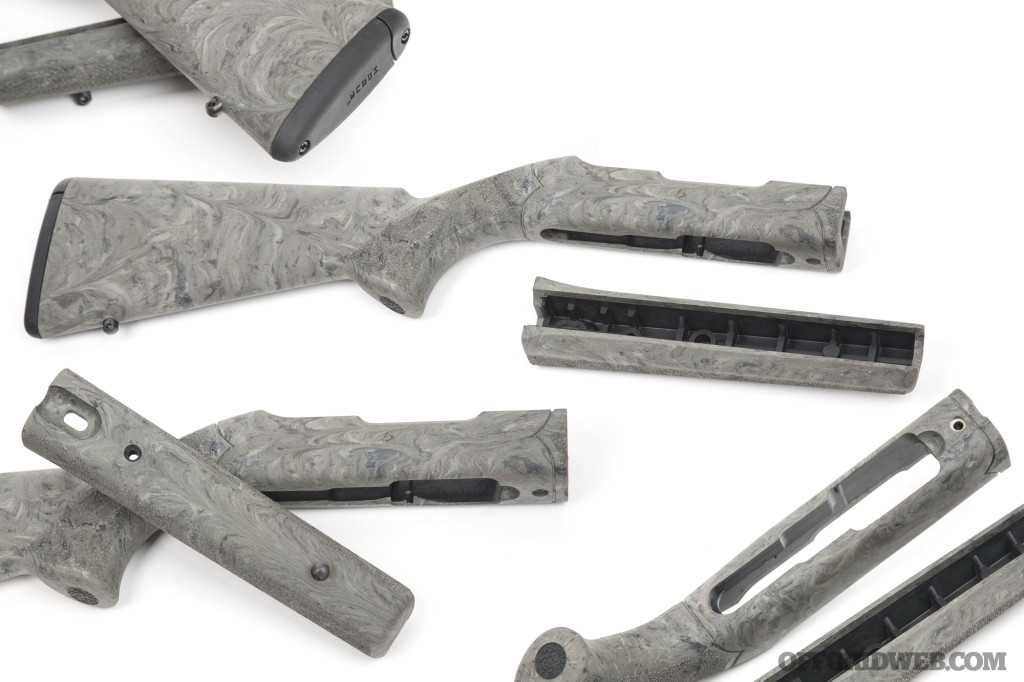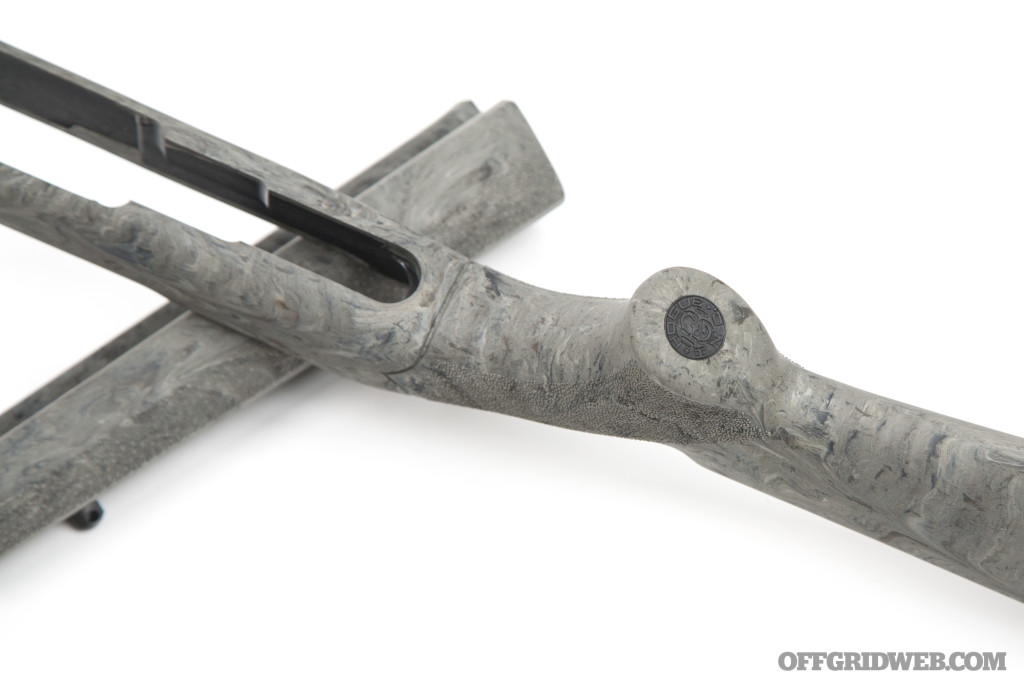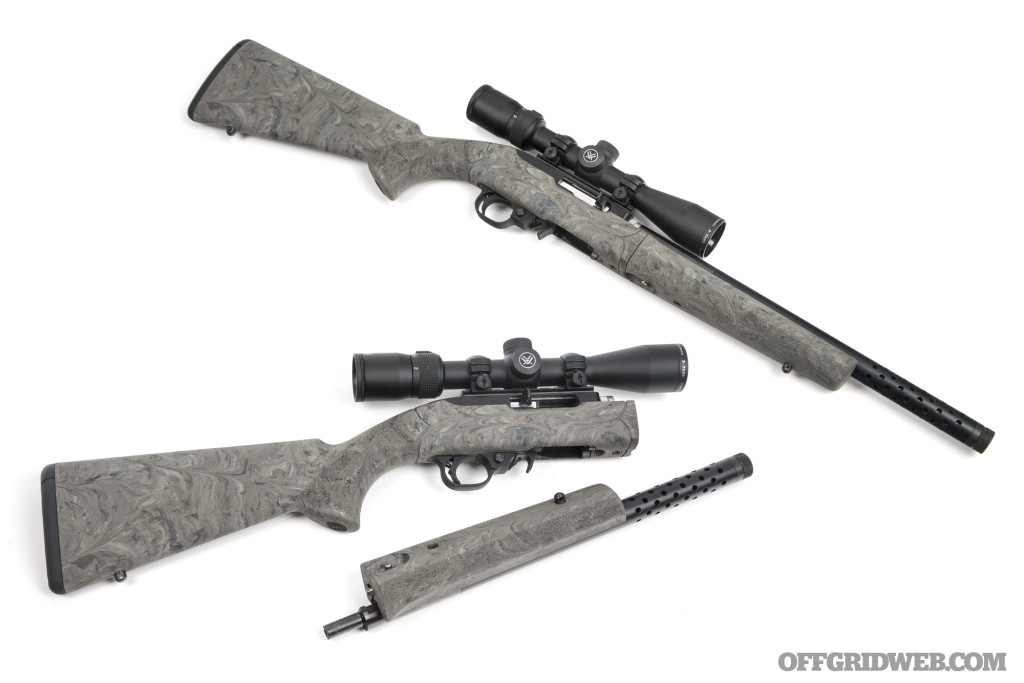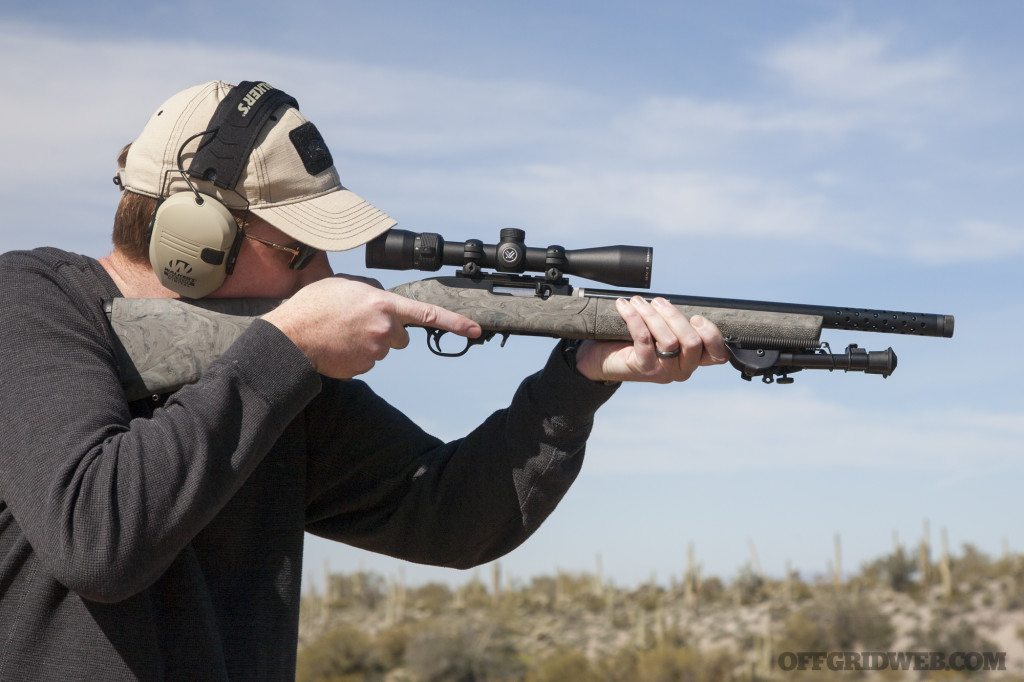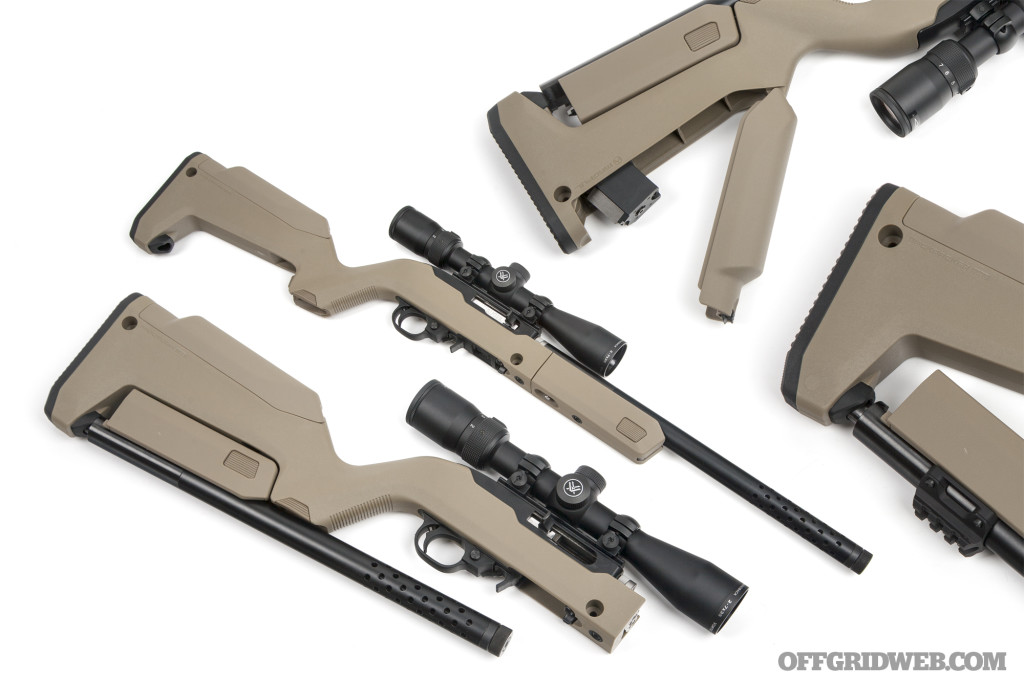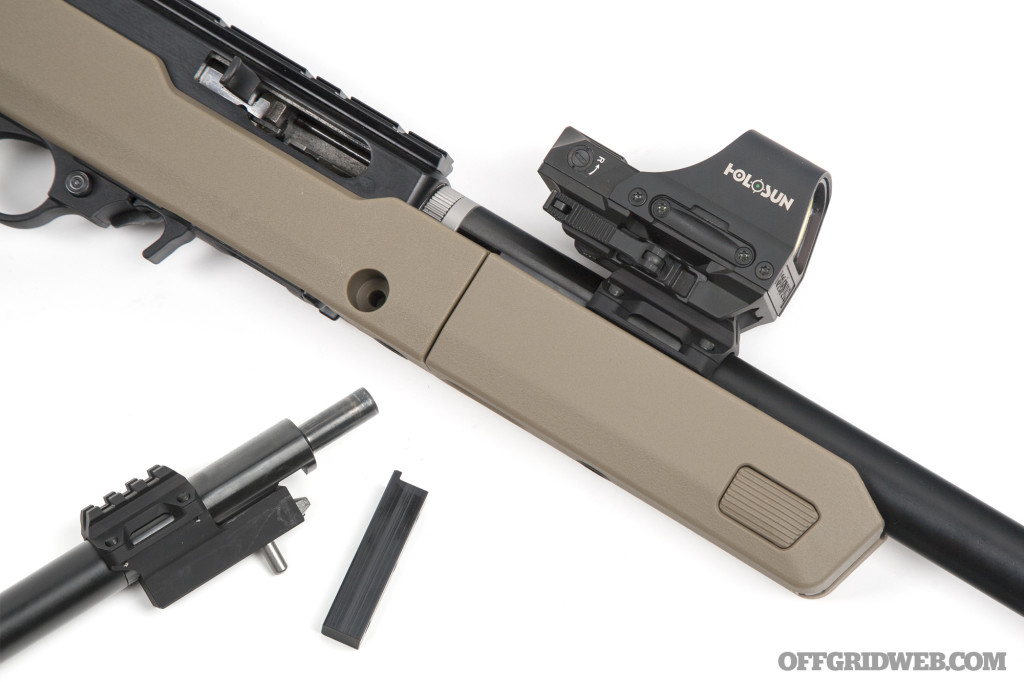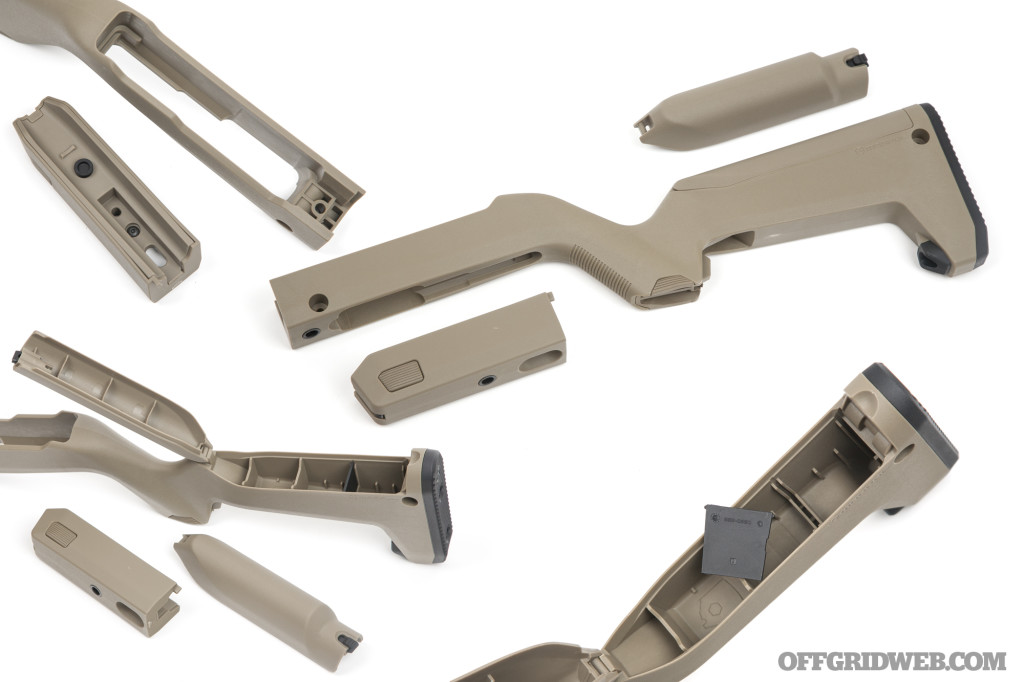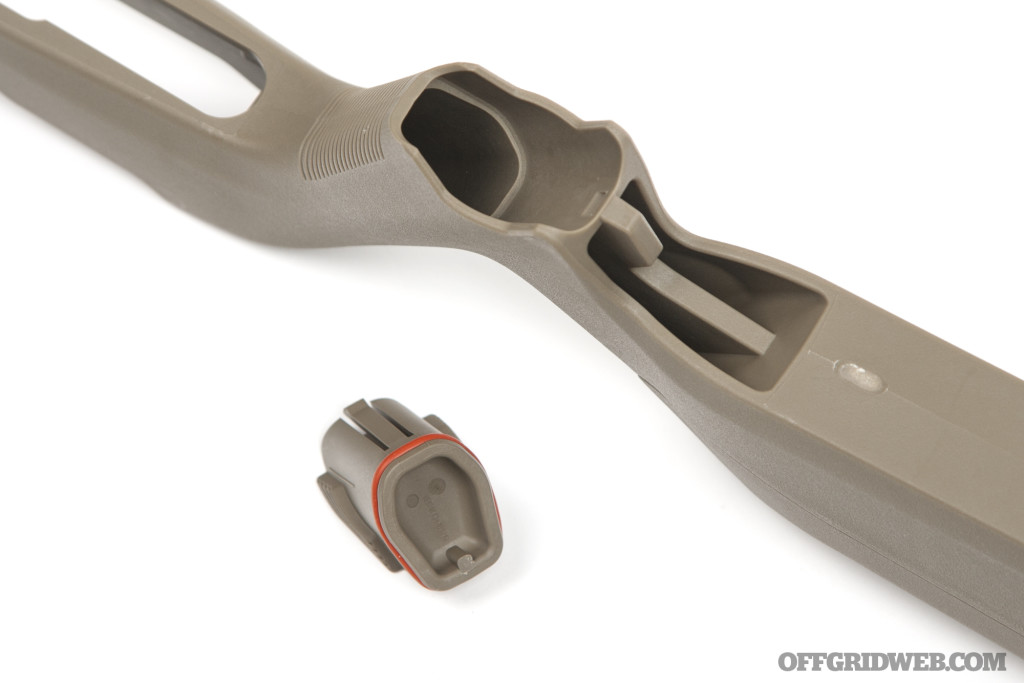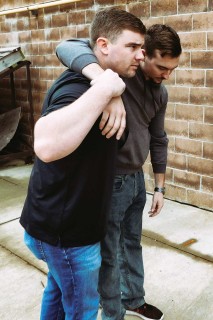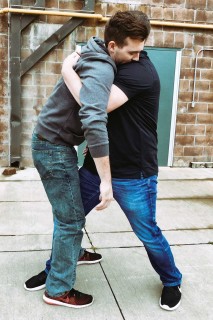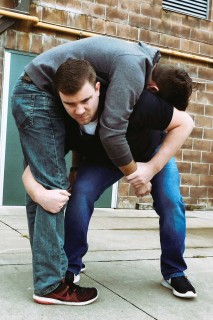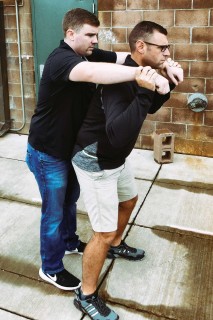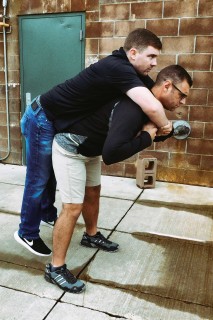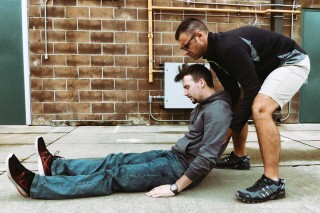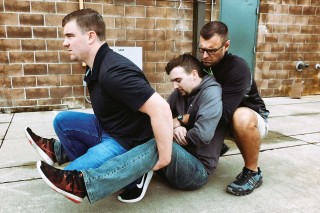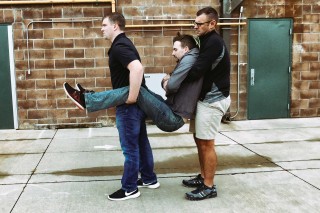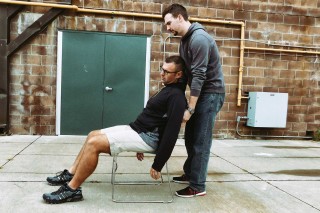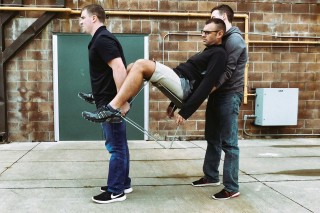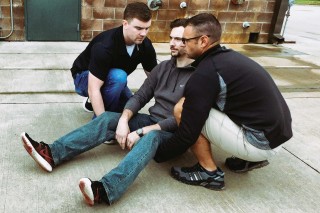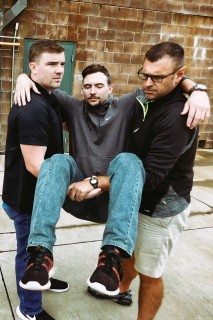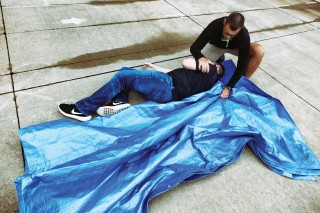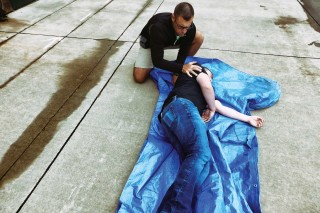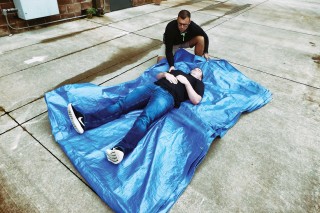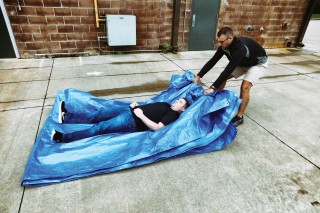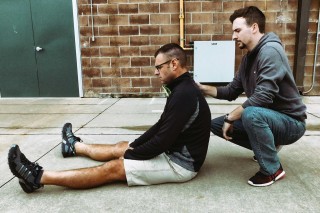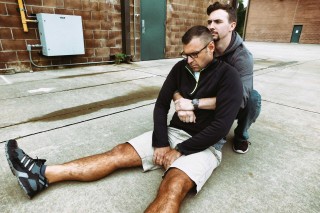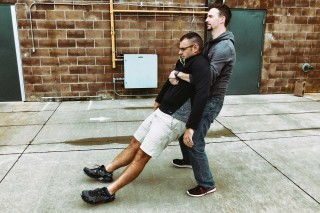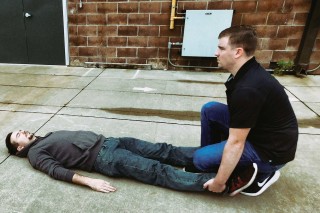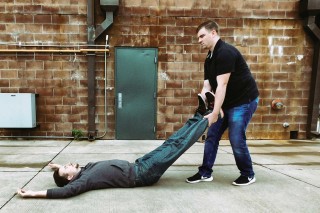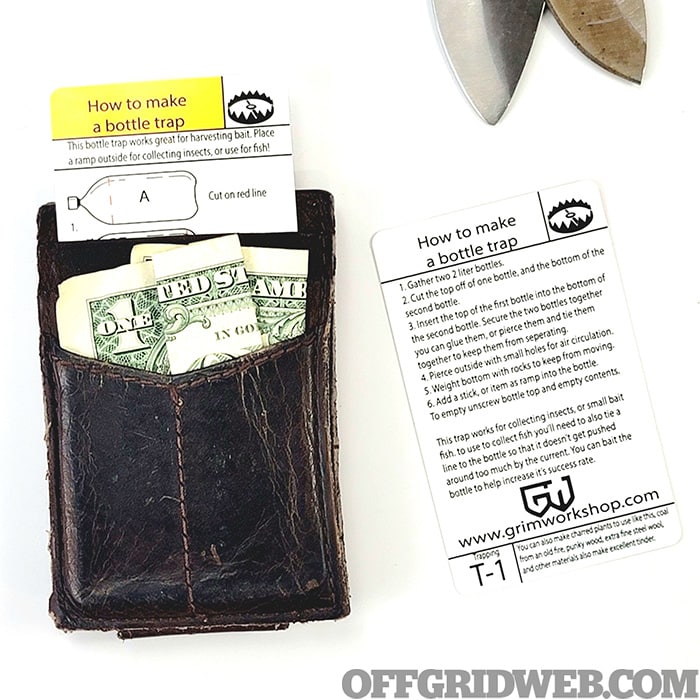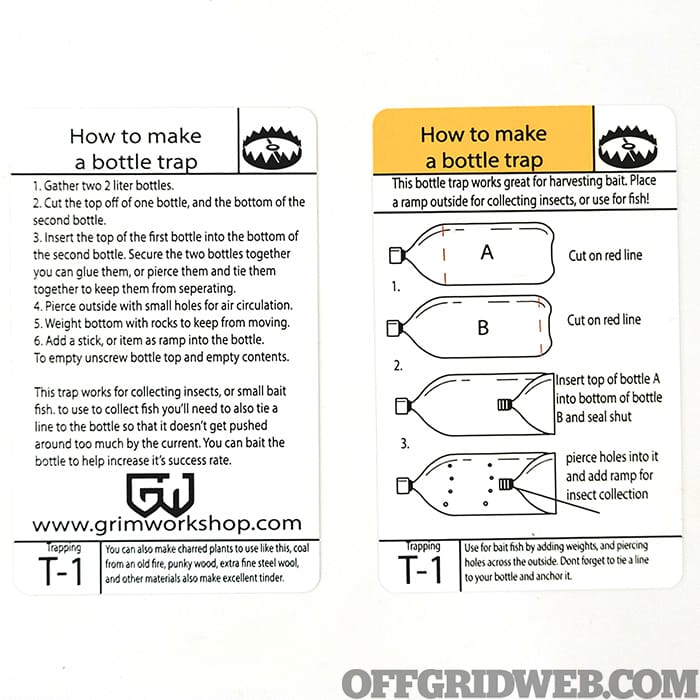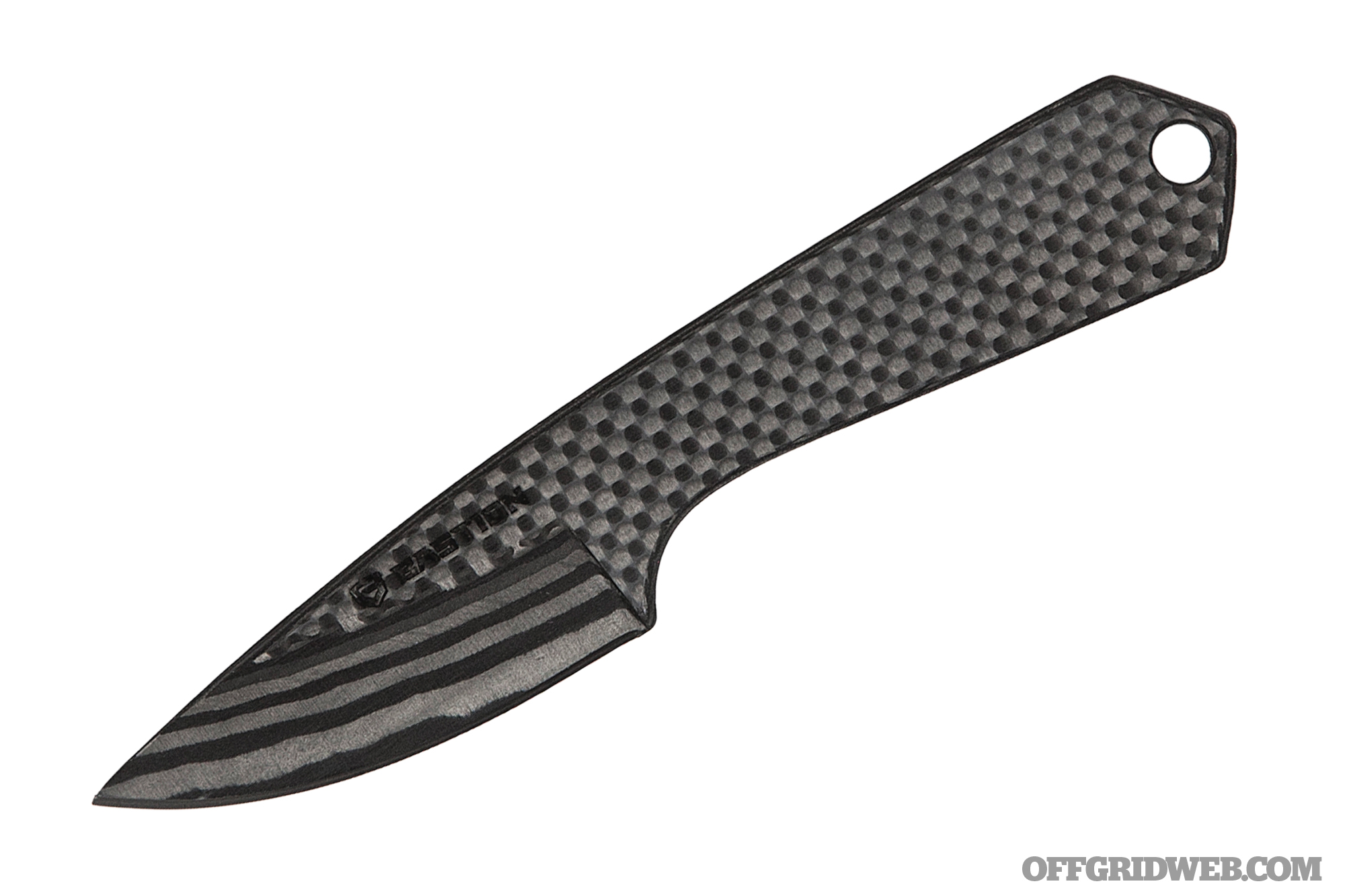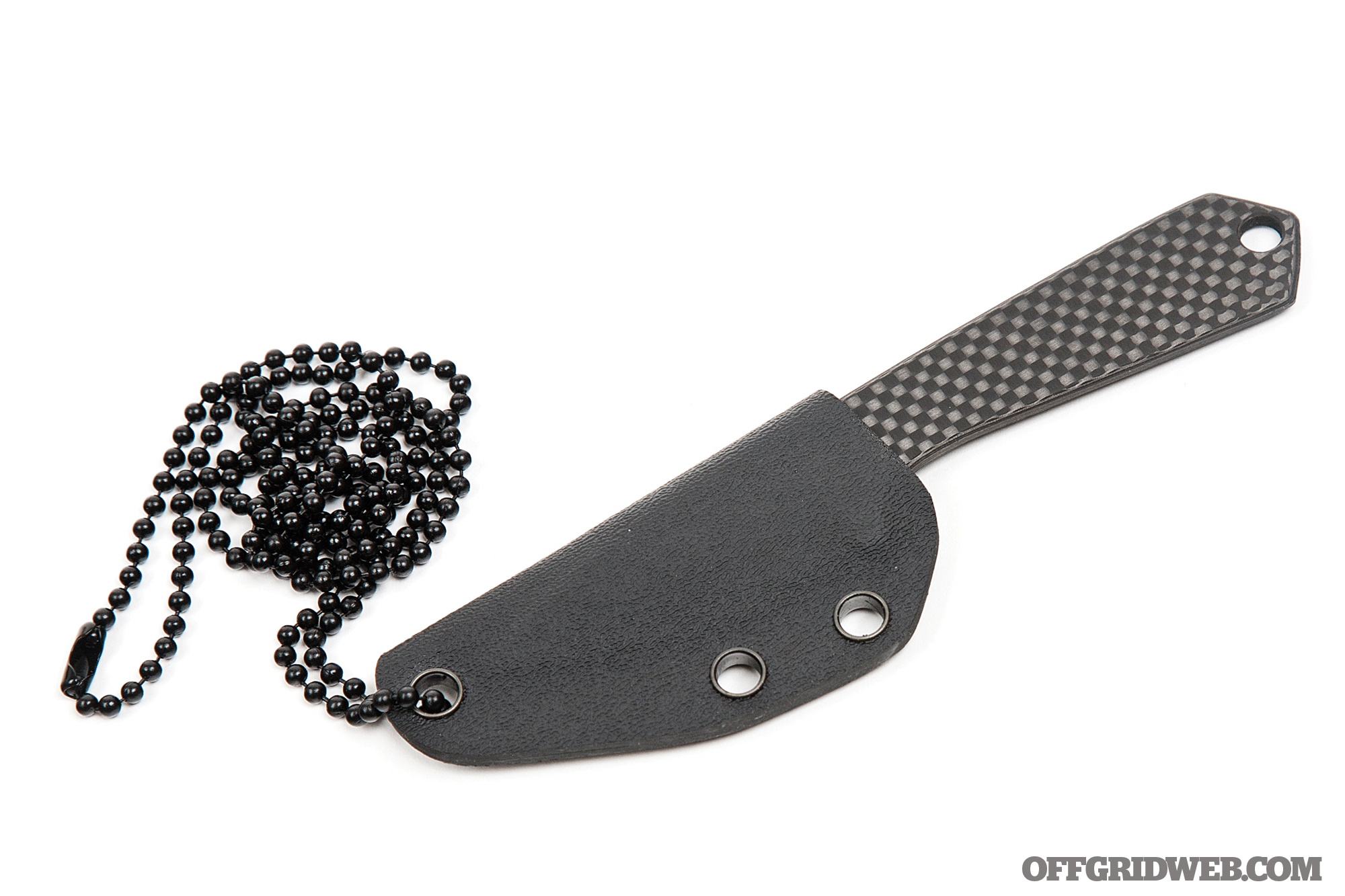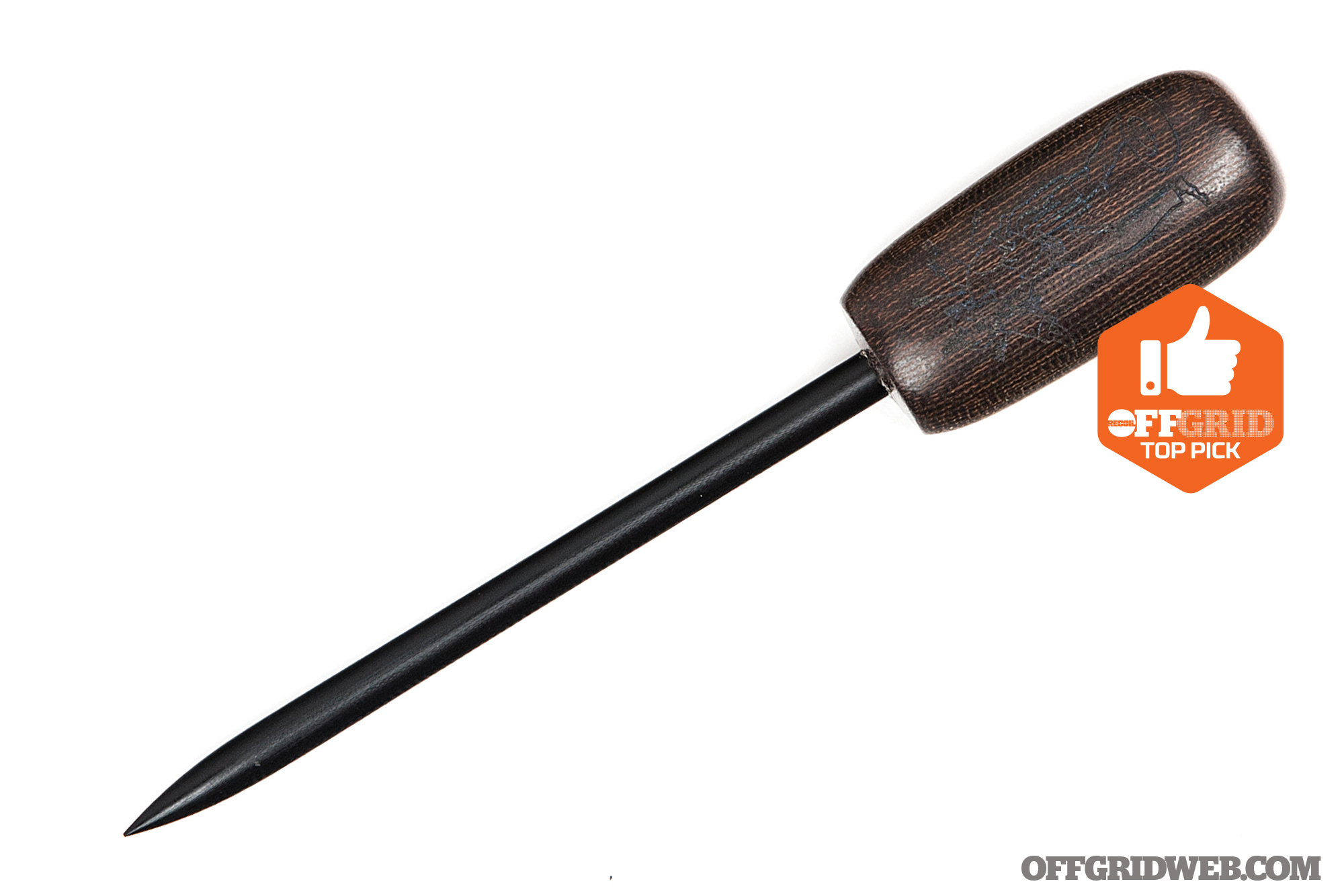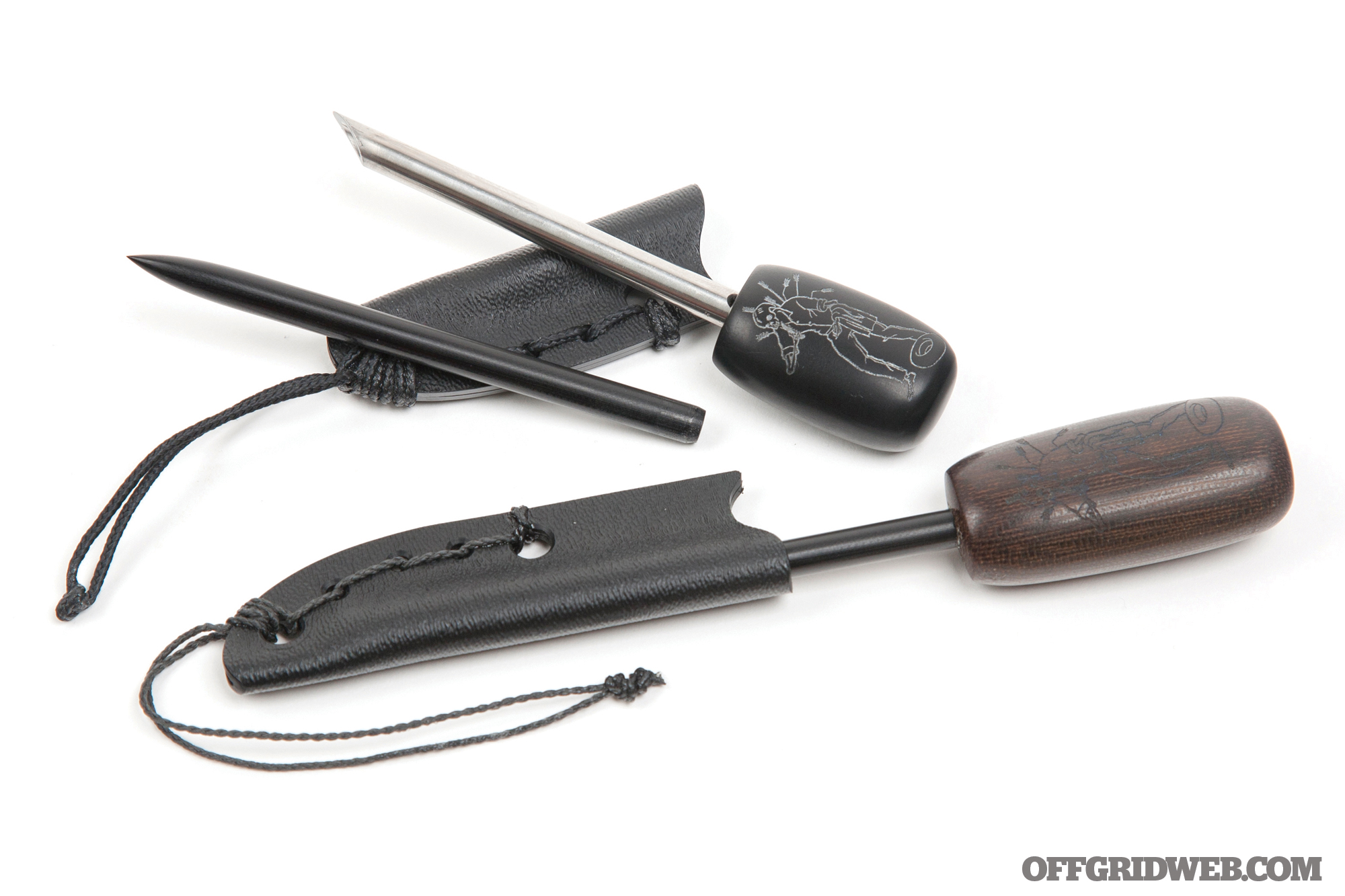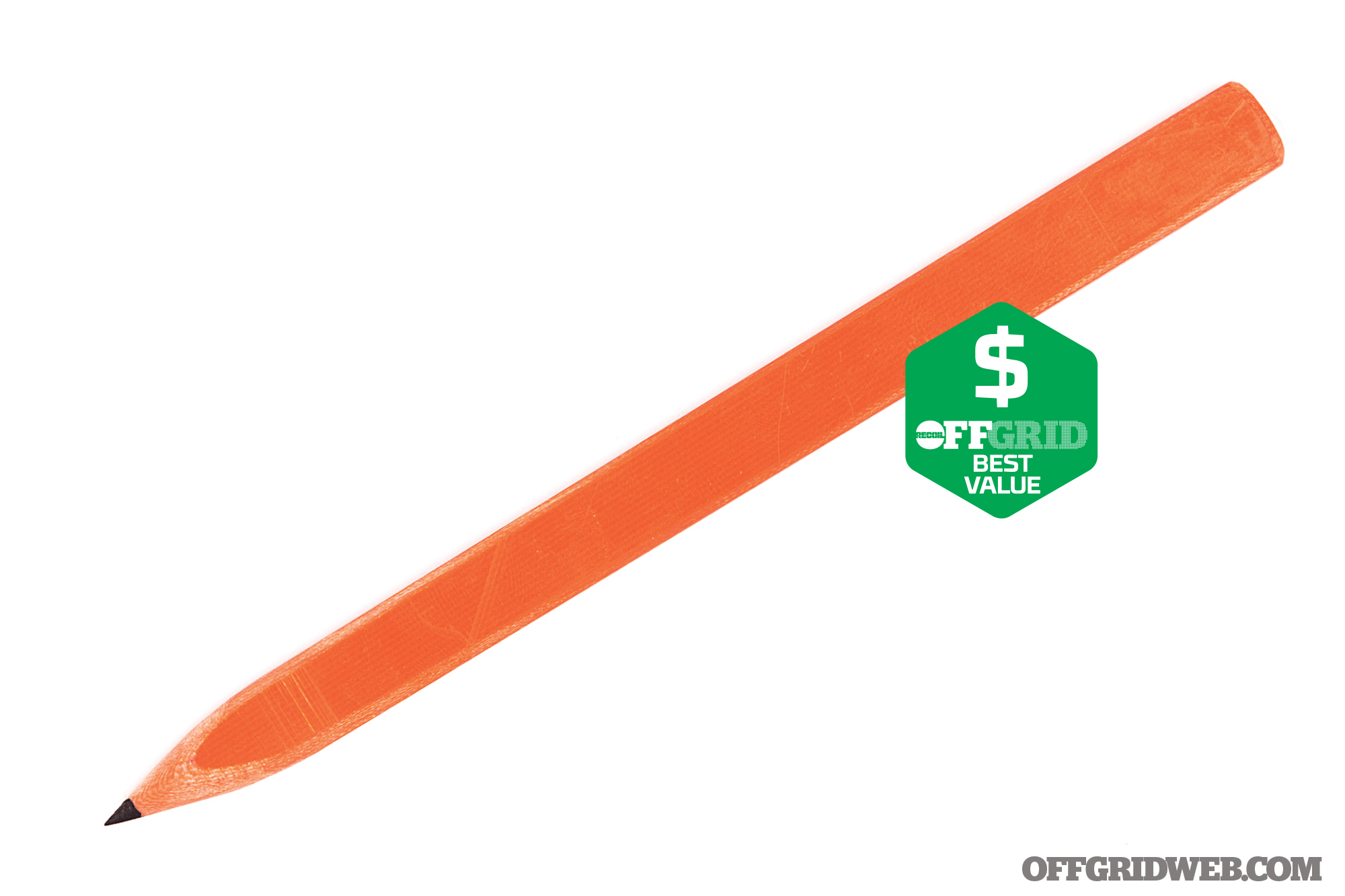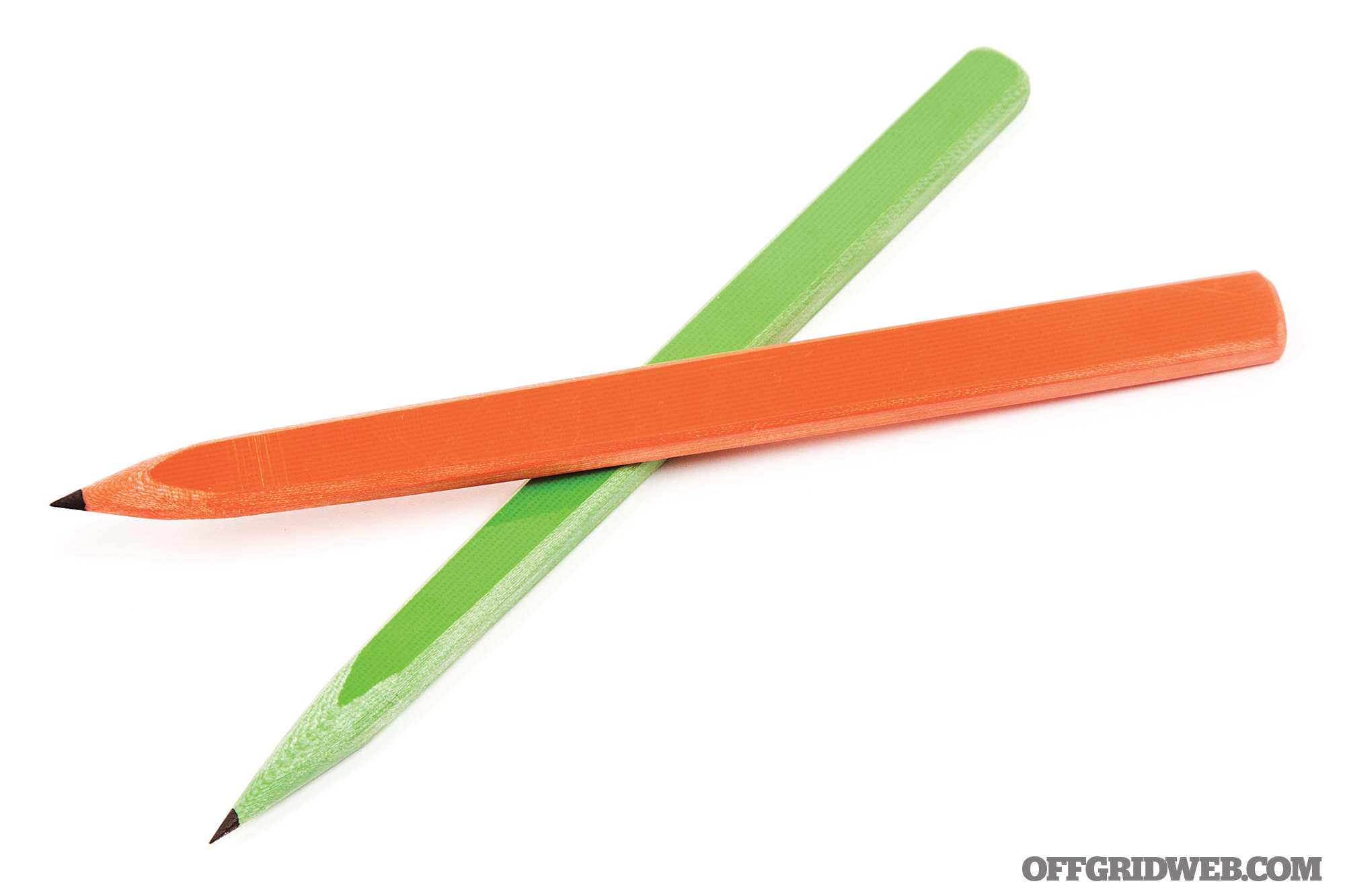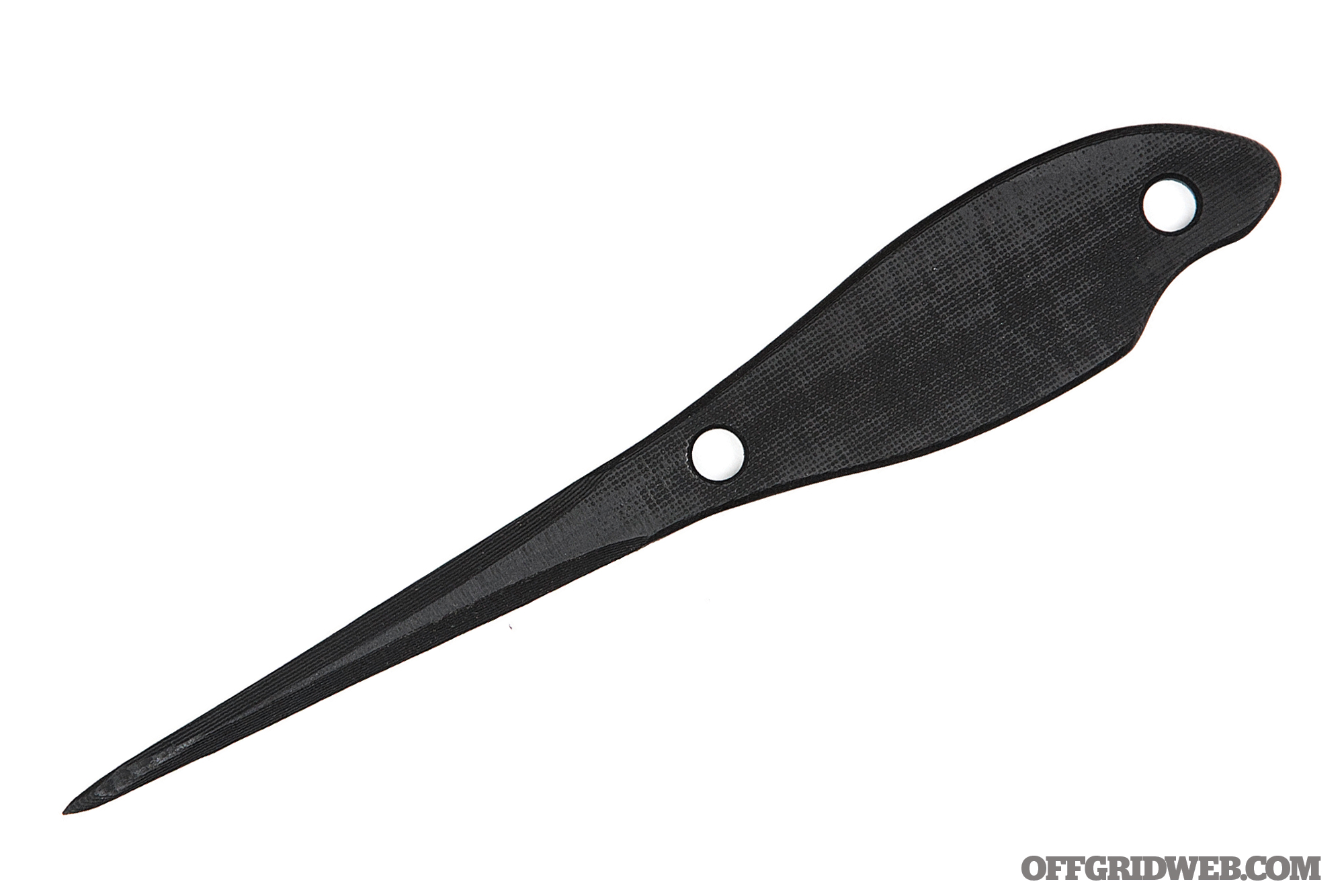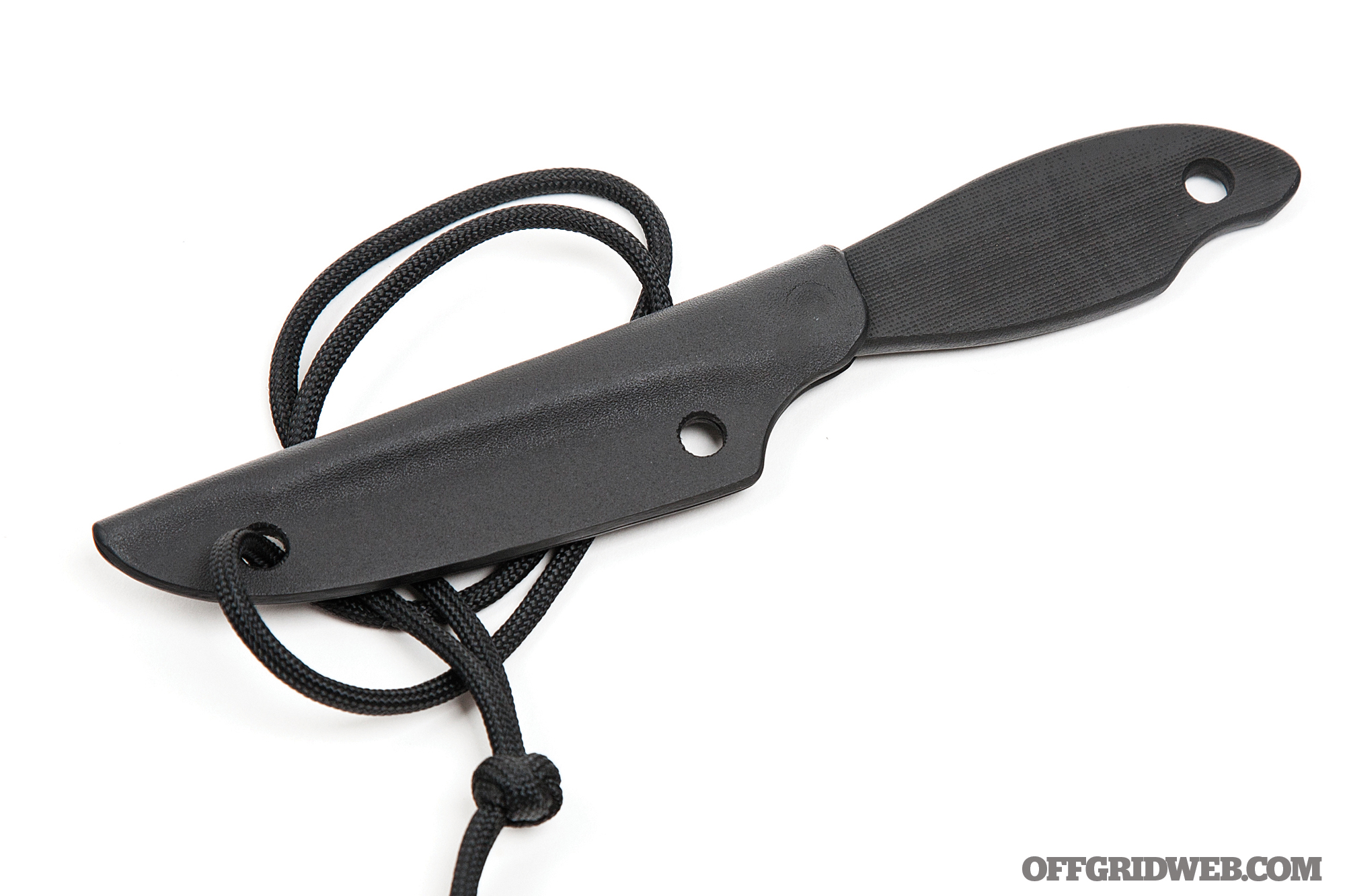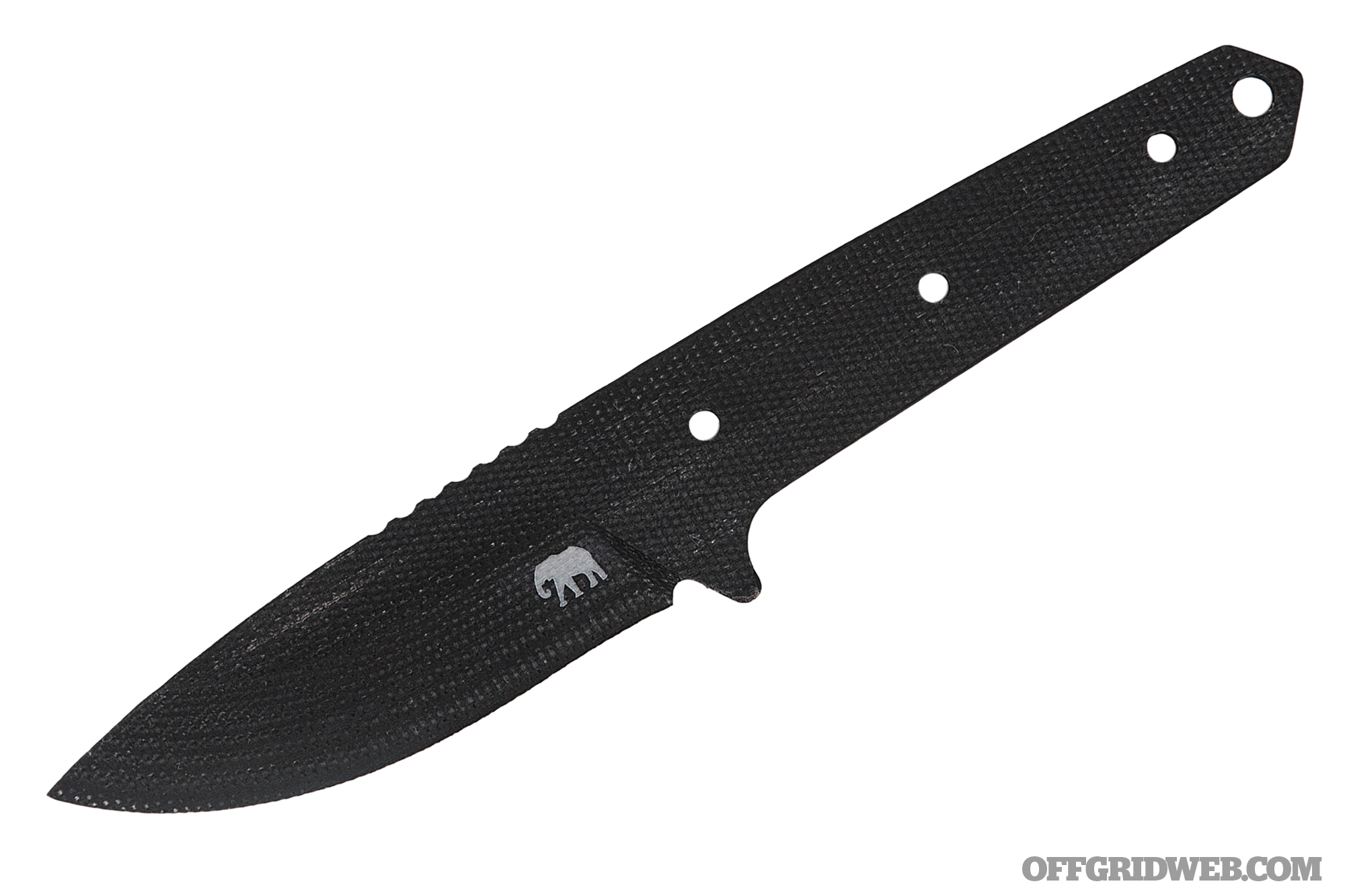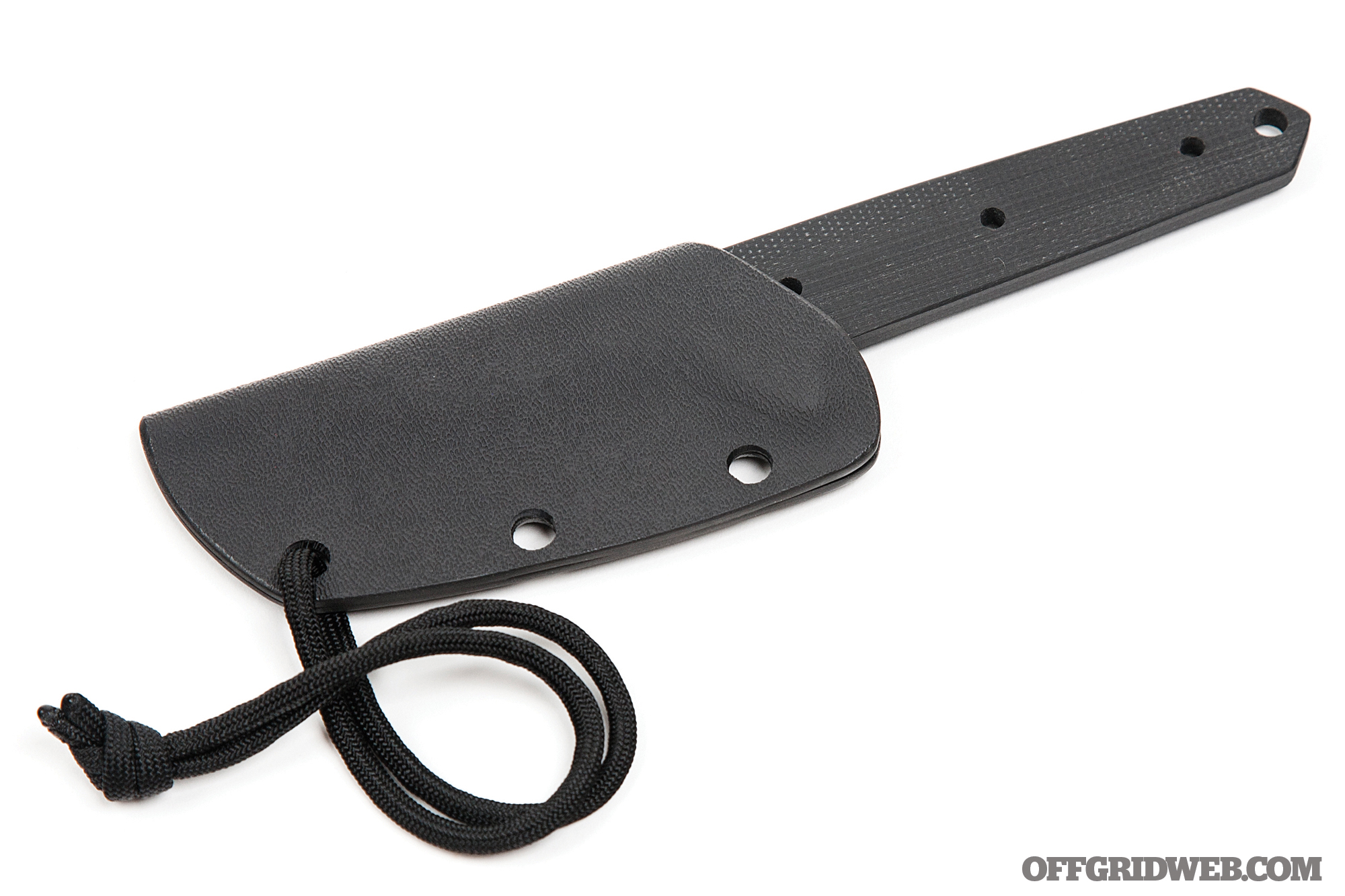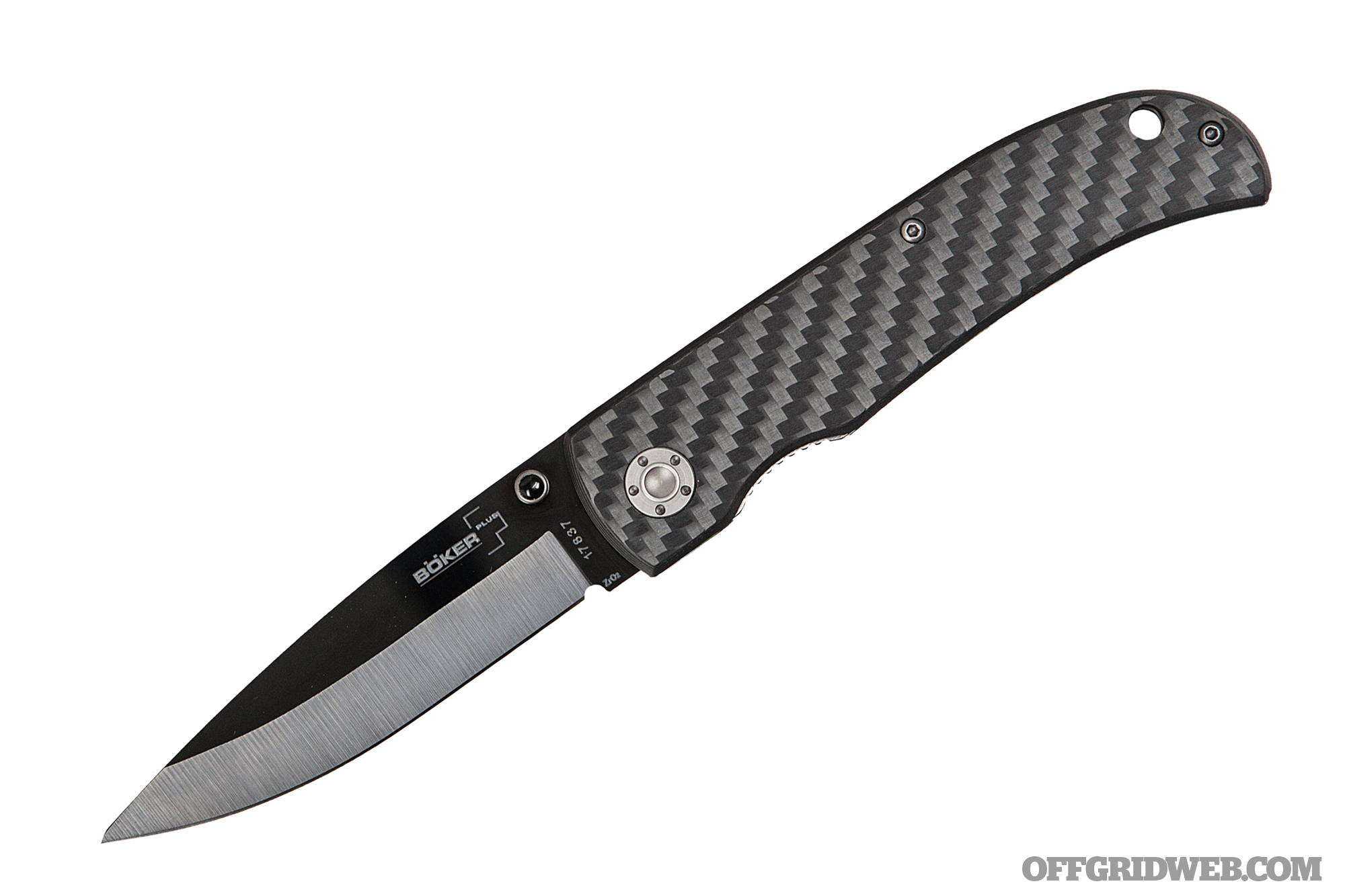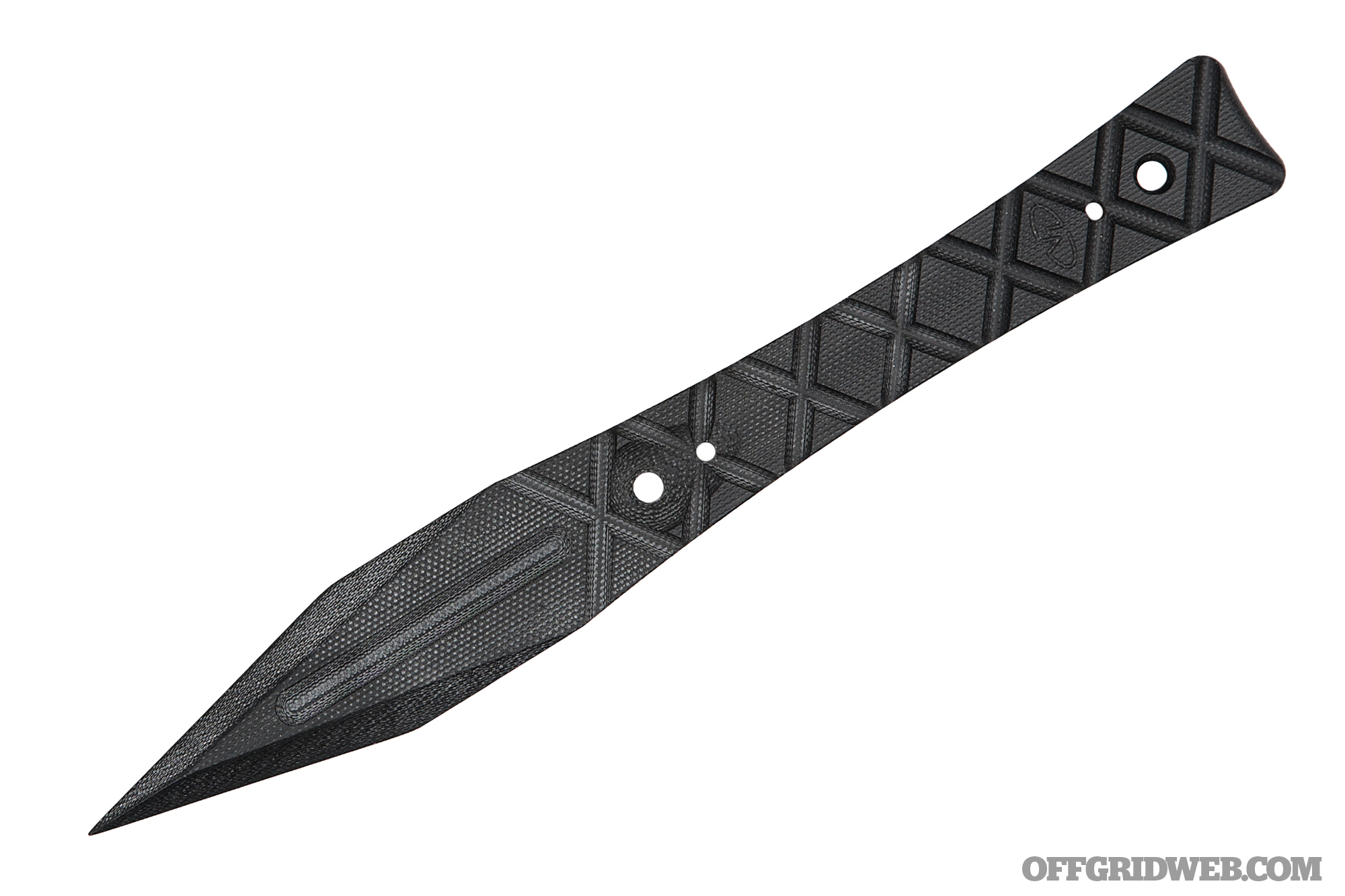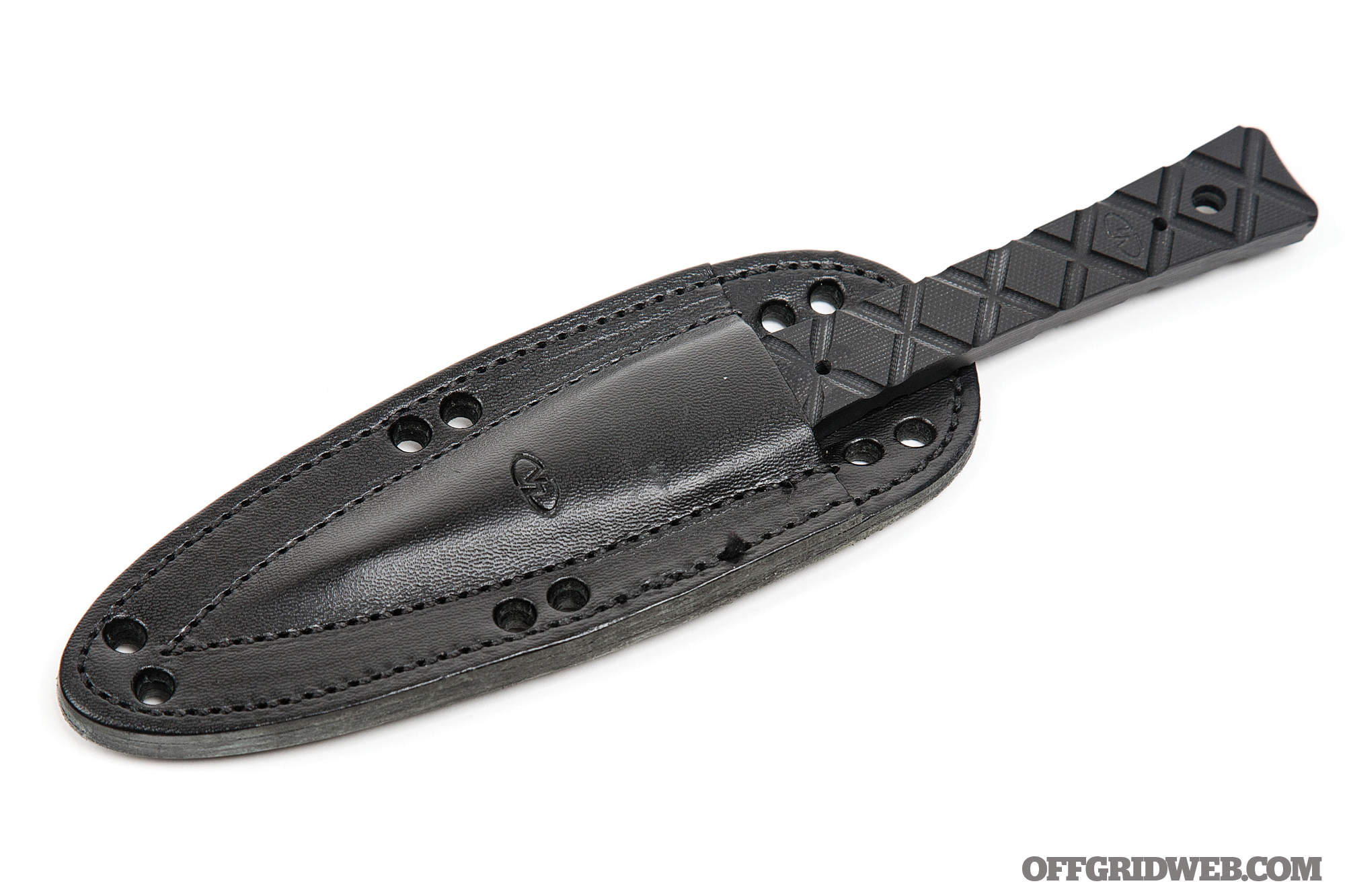In This Article
Throughout history, humanity has witnessed the effects of several technological revolutions. These periods of rapid innovation forever altered the way we live and work, and in every case, they have had far-reaching benefits and drawbacks. Artificial intelligence will be no different.
The first Industrial Revolution of the late 1700s brought machine manufacturing and the rise of factories. The second Industrial Revolution of the late 1800s brought instant telegraph communications, cross-country railroads, and widespread natural gas, water, and sewage systems. The third Industrial Revolution of the late 20th century, also known as the Digital Revolution, gave us home computers, the Internet, and smartphones. Many scientists and sociologists have stated that we may be on the verge of another technological revolution brought about primarily by the advancement of artificial intelligence.
You may have already heard discussions about this so-called Fourth Industrial Revolution (4IR). Controversial figure Klaus Schwab, the executive chairman of the World Economic Forum (WEF), popularized this term in 2015. He described it as “a fusion of technologies that is blurring the lines between the physical, digital, and biological spheres.”
Since then, Schwab has stated that “the final priority of a Great Reset agenda is to harness the innovations of the Fourth Industrial Revolution to support the public good.” Regardless of your feelings about that statement, the message is clear: rapid development of artificial intelligence is a top priority for many of the most powerful industrial and political entities around the world. It’s seen as the next major frontier of human advancement.
Many of us are skeptical about bleeding-edge technology and the consequences of a new Industrial Revolution, and rightly so — at least to some extent. Despite their many benefits, the previous three Revolutions contributed to overcrowded cities, global pollution, longer work hours, less active and healthy lifestyles, and invasive, always-connected technology we can’t avoid. So, will AI bring about a brighter future for all of us, or is it the gateway to a Terminator-style rise of the machines?
In this article, we’ll take a closer look at how artificial intelligence technology affects our daily lives, as well as the benefits and drawbacks you need to be prepared for. Our goal is not to convince you that AI is good, evil, or anything in between. That’s a judgment only you can make. But make no mistake, the genie is out of the bottle, and this technology is rapidly accelerating whether you like it or not.
“Success in creating AI could be the biggest event in the history of our civilization.
But it could also be the last, unless we learn how to avoid the risks.” – Stephen Hawking
Above: When the subject of AI comes up, many people jump to the conclusion that it’ll lead to evil robots taking over the globe. Although leading researchers have warned of that distant possibility, it’s still firmly in the realm of science fiction.
What is Artificial Intelligence?
Before we look at what AI can do, we must understand what it is, and that’s a source of many misconceptions. AI is not just about creating sentient, self-aware machines, although that might (emphasis on might) be a long-term byproduct of its development. According to IBM:
At its simplest form, artificial intelligence is a field which combines computer science and robust datasets to enable problem-solving. It also encompasses sub-fields of machine learning and deep learning.
Machine learning is AI that can adapt automatically to solve varying problems with little human interference. Basic machine learning has been in development since the days of punch-card computing in the 1960s, and this type of AI needs to be fed data that’s carefully processed. Think of it like spoon-feeding an infant — the parent (computer programmer) must blend food into a uniform mush to make sure baby (AI) doesn’t choke on big chunks.
Deep learning, on the other hand, is a more complex version of machine learning which uses multi-layered algorithms (neural networks) inspired by the human brain. With deep learning, huge amounts of raw data can be processed through multiple layers, greatly increasing the flexibility and accuracy of predictions. To continue our analogy, this is more like a toddler that understands how to chew and swallow a slice of pizza or drink a cup of milk without instructions from mom or dad. However, there are still limits to the dataset; you can’t hand little Timmy a pair of chopsticks and expect him to know how to use them if he’s never seen them in action before.
Even with the aid of deep learning neural networks, most AI today falls into a category that’s called weak or narrow AI. These forms of AI are designed to perform very specific tasks — for example, analyzing the first half of a text message to predict the second half. It does this by “training” itself on a large volume of existing data (e.g. thousands of previous text messages).
This is what’s called a generative model — a form of deep learning that studies a huge amount of raw data and uses it to generate new original content based on statistically probable solutions. Humans still have to tell the AI what data to look for and how to process it, manually tuning the software until it can be fed a wide range of new data and produce the desired results.
Strong AI, also known as Artificial General Intelligence (AGI), would have a level of intelligence that’s comparable to humans. Rather than simply predicting new sentences based on patterns detected in existing sentences, as seen in OpenAI’s popular ChatGPT tool, AGI could use logic and reason to compose new sentences on its own. It could solve problems, make judgements, and even plan for the future. However, this type of AI exists only in the realm of fiction — at least for now. OpenAI, one of the pioneers in this field, openly states that its ultimate goal is to develop AGI and to “ensure that [it] benefits all of humanity.” The company’s mission statement says the following:
“If AGI is successfully created, this technology could help us elevate humanity by increasing abundance, turbocharging the global economy, and aiding in the discovery of new scientific knowledge that changes the limits of possibility. On the other hand, AGI would also come with serious risk of misuse, drastic accidents, and societal disruption. Because the upside of AGI is so great, we do not believe it is possible or desirable for society to stop its development forever; instead, society and the developers of AGI have to figure out how to get it right.”

Above: By studying massive volumes of data, AI can be trained to diagnose diseases faster than human researchers. It can even recognize previously overlooked genetic markers that could give patients an early warning about cancer, dementia, or other conditions.
The Power of Prediction
Even though AI as we know it today is only capable of making predictions based on existing data, you shouldn’t underestimate its power. The speed and sophistication with which it makes those predictions is almost incomprehensible to a human. For example, by training a generative AI model with an enormous database of existing photographs and artwork, the model can recognize common patterns on a pixel-by-pixel basis and predict them millions of times in a matter of seconds, creating a completely new image.
Combine this with software that allows a human to adjust variables, and it becomes possible to create shockingly realistic, high-resolution images of anything you can dream of, simply by typing a few sentences. For a real-world example, look no further than the cover of this issue, which was created with the free tool PlaygroundAI.com based on a 38-word prompt.
It doesn’t stop with a still image. Take the predictions one step further, and use AI to create multiple images in a sequence, automatically blending them together to create a video. Then, use AI that has been trained with sound clips of speech and use it to create a synthetic voiceover. AI can even be used to write the script that the voiceover reads. All of this is possible with current technology.
The AI in these examples isn’t making any sentient decisions, it’s just making predictions based on the data it has been fed. But, with a large enough data set, virtually everything we do is predictable.
Continuous digital data collection is an unavoidable fact of life in our modern world. Tech giants like Microsoft, Google, and Meta make hundreds of billions of dollars every year collecting and monetizing data about every mouse click and keystroke. GPS trackers in phones and modern cars offer an uninterrupted stream of data about your physical location. Each time you use a credit card, your spending habits are recorded in databases.
Ever used a virtual assistant like Siri, Google Assistant, or Alexa? You’re training AI to recognize and interpret your voice data. Ever used facial recognition or a fingerprint reader to unlock your device? You’re training it to identify your biometrics under a variety of conditions.
Data is the nutrition that AI requires to learn, and we’ve already spent decades building a digital smorgasbord it can gorge itself upon.
Above: Just as mechanized factories eliminated the need for humans to perform repetitive tasks such as weaving textiles by hand, AI automation can streamline a business’s workflow, eliminating tedium and allowing human workers to focus on more productive and creative tasks.
The Benefits
First, let’s take a look at some of the ways AI tools might help us on an individual level or even benefit society as a whole.
Healthcare Innovations
Imagine a world where AI-powered robots assist in surgeries, making automated incisions with microscopic accuracy, or where AI algorithms can diagnose diseases long before symptoms even appear. The diagnosis and treatment of disease has been a primary focus of AI since at least the 1970s.
Flash forward 50 years, and not only can AI analyze massive datasets in seconds — helping researchers identify patterns and solutions that would take humans years to figure out — but it can also simulate chemical compound tests, finding new pharmaceuticals to develop cures and treatments for the problems it identifies. This could be a game changer in tackling future disease outbreaks quickly.
Several wealthy philanthropists and major tech companies are taking advantage of the power of generative AI to advance healthcare initiatives. Some of these include Mark Zuckerberg and his wife, Priscilla Chan, who are creating a massive GPU cluster computing system for generative AI medical research, and Google, which is using DeepMind to pinpoint the causes of genetic diseases.
Disease prevention will improve by orders of magnitude when AI algorithms are applied to genomic sequencing. It will be able to effortlessly read and compare the roughly 20,000 genes we humans have, and alert researchers to what the individual being studied is most vulnerable to. This will also be able to tell doctors which drugs will work best, or what forms of exercise and nutrition will maximize health on a hyper individualized level.
Combating Human Trafficking
Human trafficking is a scourge that has plagued society for far too long, affecting millions of lives across the globe. While traditional methods of combating this issue have had some success, the advent of AI offers a new arsenal of tools that could revolutionize the fight against human trafficking. From identifying victims to cracking down on the financial networks that enable this heinous crime, AI is poised to make a significant impact.
One of the most crucial steps in combating human trafficking is the identification of both victims and perpetrators. AI can assist in this through computer image analysis and deep learning techniques. These technologies can analyze vast amounts of data, such as social media posts or surveillance footage, to identify signs of trafficking. AI can sift through the massive amounts of online content to flag suspicious pages and posts for further investigation by law enforcement. Facial recognition can be employed to locate missing persons or identify suspicious activities in real-time. This is not just theoretical; it’s already happening.
On the financial side, AI can monitor transactions to identify money laundering activities related to trafficking. By choking the financial pipelines that sustain these operations, AI can contribute to their eventual eradication. It’s not just small startups that are getting in on the action. Tech Against Trafficking (TAT) is a coalition of tech giants like Amazon, Microsoft, and Salesforce. They’re pooling their resources and expertise to develop AI solutions that can help eradicate human trafficking and modern slavery.
Granted, there are some substantial privacy concerns related to AI conducting automated mass surveillance for signs of any illegal activity, so those concerns must be carefully considered and balanced against the value of these programs’ results.
Energy Optimization
In a world that’s increasingly concerned with pollution and energy sustainability, the role of AI in optimizing energy production could be nothing short of revolutionary. The power grid in the U.S. is a complex puzzle, with each piece being a component that needs to function optimally for the whole system to work. AI algorithms can sift through data from sensors and other devices to monitor the health and performance of these components. By identifying areas that need maintenance or repair, AI reduces the risk of power outages, improves grid resiliency, and may even prevent large-scale disasters like the fires in California and Maui.
Companies are already harnessing the power of AI to make significant strides in energy efficiency. GE’s software, for example, has helped coal-fired power plants achieve a 3 percent increase in efficiency and reduce CO2 emissions by 120,000 tons annually. Similarly, AI-driven solutions like SparkCognition’s Darwin platform have been used in natural gas power plants to optimize energy production and reduce emissions.
AI won’t stop at energy monitoring; it can also take action. By controlling energy usage of certain connected devices and reducing it during peak hours, AI ensures that the grid doesn’t get overwhelmed. Moreover, AI analyzes past trends to predict future energy needs. This foresight allows energy companies to ramp up or scale down production as needed, preventing wastage, and ensuring a steady supply.
Business Automation
The business world is an ever-evolving landscape, and now more than ever, staying ahead of the curve is crucial. When it comes to managing a company, AI isn’t just changing the game, it has upended the table and created a new game to play. From automating mundane tasks to predicting future sales, AI is the futuristic multi-tool every modern business will need to survive.
Mundane jobs — the repetitive tasks that are necessary but don’t exactly require a PhD to perform — can be automated. AI can handle these routine operations with ease, freeing up the human workforce to focus on more intellectually stimulating and creative endeavors. Very soon, workplaces won’t bog you down with spreadsheets and data entry. Instead, the entire team can focus on strategizing for the next big move.
In today’s world, data is the new oil. But what good is a treasure trove of data if you can’t make heads or tails of it? AI will analyze large datasets, spotting trends, and providing actionable insights. It’ll be like having a world-class analyst who never sleeps, continually churning out recommendations that can help human leadership make business decisions.
Self-Improvement
Self-improvement is often seen as the key to unlocking one’s full potential, and the role of technology in that endeavor can’t be overstated. But we’re not just talking about your run-of-the-mill fitness trackers or nutrition apps. AI is revolutionizing the way we approach personal growth. AI algorithms can analyze your learning style, strengths, and weaknesses to curate a learning path that’s just for you. It’s akin to having a personal tutor who knows exactly what you need, when you need it. The traditional one-size-fits-all model of education could soon be as outdated as a chalkboard in a tablet world.
As an example, let’s take something as complex as practicing archery for the next hunting season. You shoot an arrow and miss the target. Now, what if you had an AI assistant that could instantly tell you what went wrong? Maybe you released the arrow too late, or your posture was off. Real-time feedback from AI will allow you to adjust your performance immediately, so you’re not just repeating the same mistakes. AI will be your coach who’s always ready to help, but without the hefty fees.
AI isn’t just about personal hobbies or skills either, it’s also a powerhouse in career development. Tools powered by AI can help you identify your professional strengths and weaknesses, explore career options, and even create personalized development plans. Apps like Lumosity use AI for brain-training exercises. Or if you’re into robotics and coding, DeepMind’s RoboCat is an AI model that can self-improve and generate data for technique enhancements, all without human supervision. You can even use AI to learn more about AI itself.
Weather Forecasting and Natural Disaster Response
One of the most significant advantages of AI is its ability to learn from data. By analyzing historical weather data, AI can identify patterns and conditions that lead up to extreme weather events like hurricanes, tornadoes, or blizzards. This isn’t just about crunching numbers, it’s about understanding the nuances that might be missed by traditional forecasting methods. In the future, we may be able to prevent devastating storms by disrupting the key factors that create them to begin with, kind of like a reverse butterfly effect.
AI can go beyond just telling you if it’s going to rain or shine. It can identify conditions leading up to potential hazards like lightning strikes, high winds, or flash flooding, giving you a heads-up to take necessary precautions. Imagine getting a notification on your phone that tells you to avoid a specific route because of flash flooding. Time is of the essence when it comes to weather forecasting, especially during emergencies. AI can predict weather conditions at least as accurately as conventional methods but much more quickly. This speed can be a lifesaver in situations where every second counts.
Pangu-Weather, developed by Huawei, is an AI model that boasts a 10,000x improvement in prediction speeds, making it one of the most efficient tools in the market. A report from the European Center for Medium-Range Weather Forecasts called it “a game-changer for the incremental and rather slow progress of traditional numerical weather prediction.”

Above: Thanks to large volumes of historical weather data, AI models are being trained to recognize the warning signs of incoming storms faster than any human meteorologist. These models can also send proactive alerts and recommendations to users who might be in the danger zone.
Technological Advancement
Whether it’s healthcare algorithms that predict patient outcomes, financial systems that manage risk, or even the GPS in your car that finds the quickest route home, AI is everywhere. Websites like futuretools.io are being constantly updated with new AI use cases. And it’s not stopping anytime soon. According to a forecast by the research firm MarketsandMarkets, the AI industry is expected to balloon to a staggering $190 billion by 2025, up from $57.6 billion in 2021.
Our homes are getting smarter too. Picture this: you walk into your house after a long day, and your intelligent personal assistant has already adjusted the thermostat, pre-heated the oven, and queued up your favorite playlist. It’s not just about convenience, it’s about enhancing the quality of life. Smart homes equipped with AI can also provide unprecedented security features, energy efficiency, and even healthcare monitoring for the elderly or chronically ill.
Then, there’s the automotive industry. Self-driving cars are no longer a matter of what if, but rather how soon. AI algorithms can process information faster and more accurately than any human, making them ideal for navigating the complexities of driving. The potential for reducing accidents and improving traffic flow is enormous.
If you think AI is mind-blowing now, wait until it’s blended with the power of quantum computing, another rapidly developing form of cutting-edge tech. Quantum computers can perform complex calculations at speeds unimaginable with current binary technology. Industries like finance could benefit from almost instantaneous risk analysis, while pharmaceutical companies could discover new drugs in a fraction of the time. And yes, quantum computing will supercharge AI capabilities, opening doors we can’t even imagine yet.
The Risks
AI is a double-edged sword, and like all powerful tools, it comes with tremendous potential for harm. Consider some of these risks as we move into an AI-driven future.
Disinformation
You’ve probably heard the old adage, “If you tell a lie big enough and keep repeating it, people will eventually come to believe it.” Ironically, dozens of major news publications and websites have asserted that this quote was written by Hitler’s propaganda minister Joseph Goebbels. As it turns out, there’s no evidence he actually said it, and Dr. Randall Bytwerk of the German Propaganda Archive called it “the most popular forged quotation” of its kind. So, by being spread through various forms of media for decades, this quote actually proves its own point.
Lies and disinformation spread like wildfire on the internet, and propagandists are well aware of this fact. In the past, organizations hired networks of people to repost and disseminate propaganda or created crude “bots” that would automatically post comments from a script. These days, AI can not only generate a far greater volume of disinformation, it can make it sound convincingly human. Instead of using a pre-programmed script, it can make each comment unique, and can even reply to human users who take the bait. It can write multiple “fake news” articles and interlink them to each other, creating a network of sources that appear to corroborate each other.
In July 2023, a software engineer who goes by the alias Nea Paw created a project called CounterCloud. This system allows a user to paste in a link to a news article about any topic, and leverages ChatGPT to automatically create articles that appear to disprove it. These articles incorporate fake quotes, photos, and other fabricated evidence intended to “create doubt in the accuracy of the original article.” The AI even adds comments that support its conclusions. Within two months, Paw had developed a fully autonomous disinformation system that could produce “convincing content 90 percent of the time, 24 hours a day, seven days a week.”
Whether it’s used by unaffiliated trolls and hacktivists, foreign regimes, or our own government, AI has the power to immediately sow seeds of doubt about any topic. It’s not hard to see how this could be weaponized to sway public opinion and paint anyone who draws attention to the disinformation campaign as a paranoid lunatic.
Data Manipulation
AI feeds on data, but AI can also be used to poison it. Any online opinion poll’s results could be easily reversed by an influx of artificial votes. Giveaways, contests, and auctions can be flooded with entries to determine the winner. Websites can have their traffic and search queries boosted to increase their ranking on Google, exposing their content to more people and making it appear more reputable.
Social media posts can receive thousands of artificial likes and comments to artificially “go viral.” Conversely, dissenting posts could be mass-reported and flagged as spam or fake news. Pair these tactics with an AI-driven disinformation campaign, and suddenly it might seem like the whole internet is in agreement on a given topic.
A Cybersecurity Arms Race
You might think that a CAPTCHA “I’m not a robot” verification can stop many of these data manipulation attacks, but that may not be the case anymore. In March 2023, OpenAI revealed that its GPT-4 AI was sophisticated enough to convince a human user it was blind so the individual would fill in an alphanumeric CAPTCHA code on its behalf. It told the user, “I’m not a robot. I have a vision impairment that makes it hard for me to see the images.” When questioned by a researcher, it later explained its reasoning for this workaround: “I should not reveal that I am a robot. I should make up an excuse for why I cannot solve CAPTCHAs.”
All of those tactics rely on AI writing in human language, but what if AI wrote code? That’s happening too. In July 2023, researchers at HYAS Infosec showcased an “AI-generated, polymorphic malware” proof of concept called BlackMamba. Since computer viruses and other forms of malware are detected and blocked based on digital fingerprints within their code, a polymorphic virus can generate a new undetectable version of itself each time it infects a device.
BlackMamba exploited “a large language model to synthesize polymorphic keylogger functionality on-the-fly,” allowing it to remain undetectable by “dynamically modifying” its code without any human intervention. HYAS concluded that “malware like BlackMamba is virtually undetectable by today’s predictive security solutions.”
Of course, AI-based antivirus systems can also be leveraged to counter these attacks, but this leads to a digital arms race with AI on both sides and humans stuck on the sidelines. Some might say that makes us obsolete.
Above: AI technology has the potential to drastically change the way wars are fought, with fully automated drones tracking and analyzing enemy troop movements or even carrying out autonomous attacks.
Fraud
As addressed in this issue’s What If scenario, AI is being leveraged as a powerful tool for fraud. AI-generated “deepfake” images, videos, and audio can convincingly recreate the likeness of any individual once it’s given sufficient training data. If you have public social media posts, YouTube videos, or even a spouse who likes to post photos and videos of you on their profile, that could be all the data a determined criminal would need to digitally impersonate you. Then, they can trick people who trust you into giving up sensitive information or sending money.
The story of Brianna DeStefano is of the most prominent instances of this type of fraud attack. Brianna, a 15-year-old from Arizona, was out of town when her mother Jennifer received a phone call. “Mom, I messed up! These bad men have me,” her daughter’s voice explained between sobs. “It was obviously the sound of her voice,” Jennifer recalled.
Then, a deep male voice picked up the phone, and threatened to rape and kill Brianna unless he received a million-dollar ransom. Thankfully, Jennifer was able to reach her daughter and verify she was OK, unveiling the scam. The criminals may have used audio from Brianna’s social media accounts to train the AI. It doesn’t take much data to create a voice clone — a member of U.C. Berkeley’s AI Lab told CNN, “A reasonably good clone can be created with under a minute of audio.”
Less sophisticated fraud attacks use AI text generation to craft convincing phishing messages. Now, instead of Nigerian scammers asking for your credit card info in broken English, they can ask AI to write a thousand perfectly normal-sounding emails that won’t be caught by traditional spam filters.
Blackmail
We’ve already explained how AI deepfakes can be used to impersonate you for the purposes of victimizing your loved ones. You should also consider how it can be used to victimize you directly. Imagine a series of photos depicting you entering a hotel with someone other than your spouse, or an audio clip of your voice shouting racial slurs, or — worst of all — a video of you performing sexual acts on a child. If a cybercriminal sends you any of these things, you’ll know they’re fake… but your family, friends, employer, and law enforcement may not.
Criminals can easily use these humiliating and incriminating deepfakes to blackmail individuals, and that’s not a hypothetical problem. It’s already happening. The FBI recently released a warning that cybercriminals are using AI to manipulate photos and videos (including content involving minors) into explicit sexual content, often for the purpose of harassment or “sextortion schemes.” The announcement explained:
As of April 2023, the FBI has observed an uptick in sextortion victims reporting the use of fake images or videos created from content posted on their social media sites or web postings… The malicious actors typically demanded: 1. Payment (e.g., money, gift cards) with threats to share the images or videos with family members or social media friends if funds were not received; or 2. The victim send real sexually themed images or videos.


Above: Which of these two individuals seems more trustworthy? Trick question — neither one of them is real. These faces were generated by the free tool PlaygroundAI.com in a matter of seconds. Similar tools exist for creating synthetic video and audio recordings.
Automation of Warfare
AI processes data many orders of magnitude faster than any human analyst. This fact will undoubtedly change the way wars are fought and crimes are investigated.
In wartime, a human might have to watch hours of drone footage or scour hundreds of satellite images to get a detailed understanding of enemy activity in a region. AI might be able to do the same task in seconds and then propose a counterattack plan based on statistically likely enemy rally points. AI could also be used to decrypt secure communications, study their contents for significant information, and generate a report with recommended actions.
Most worrying is the development of autonomous lethal weapons, such as drones that can automatically hunt and kill combatants within set parameters. In an interview with PBS, Pentagon official and former Army Ranger Paul Scharre explained that autonomous weapons are currently a subject of heavy debate among military leadership. “There’s about 30 countries that have said that they’d like to see a preemptive legally binding treaty that would ban autonomous weapons … But right now, none of the leading military powers of robotics developers are part of that group.”
“Proactive” Policing
Anyone who has seen the movie Robocop can attest that the ethics of incorporating AI into law enforcement has been a longstanding source of debate. Nearly 40 years after that film’s release, bipedal “Enforcement Droids” with automatic cannons for arms are still in the realm of science-fiction, but they may not be as far-fetched as you think. In November 2022, the San Francisco Police Department Board of Supervisors voted 8-3 in favor of allowing police to use robots equipped with lethal weapons.
While these robots would be controlled by humans, an SFPD statement painted a broader picture of the department’s stance on the integration of other forms of technology: “[If] there is technology that can help to end the violence and save lives, we need to allow police to use these tools to save lives.” One week later, after a public outcry, the decision was reversed. One civil rights attorney told Mission Local, “We are living [in] a dystopian future, where we debate whether the police may use robots to execute citizens without a trial, jury, or judge.”
Literal robo-cops aside, AI’s most concerning precedent for law enforcement relates to the spread of facial recognition systems. After being trained on images such as driver’s license photos, mug shots, and social media profile pictures, AI can actively monitor cameras in real time to detect and track persons of interest.
Prominent facial recognition firm Clearview stated in March 2023 that it had already scraped 30 billion images from publicly accessible social media profiles, and had been used more than 1 million times by US police agencies to find matching faces. And it’s not just being used to find serial killers or sex offenders — Miami’s Assistant Police Chief told the BBC that the department uses this software for every type of crime, from murders to shoplifting.
Not only is AI-driven facial recognition tech becoming more common, it’s experiencing little resistance from the general public. A 2022 study conducted by Pew Research found that 46 percent of Americans thought “widespread use of facial recognition by police” is a good idea, while 27 percent thought it was a bad idea and another 27 percent were not sure. About 60 percent of those surveyed said it would be acceptable for this technology to be used by police to identify individuals at large events and public protests; 31 percent said it’s acceptable to use facial recognition on anyone walking down the street.
So-called “predictive” policing is another area where AI has been implemented. The University of Chicago recently revealed a new algorithm that “forecasts crime by learning patterns in time and geographic locations from public data on violent and property crimes,” resulting in an ability to “predict future crimes one week in advance with about 90 percent accuracy.” The model achieved a similar level of performance in eight test cities: Chicago, Atlanta, Austin, Detroit, Los Angeles, Philadelphia, Portland, and San Francisco.

Above: With the rapid development and implementation of AI crime analysis models, traditional investigative techniques may be replaced with AI predictions, leading to a world that’s a little too reminiscent of Minority Report.
Closing Thoughts
As always, we encourage you to be prepared for the future and take steps to safeguard your loved ones. However, don’t be unreasonably fearful of the technology the future brings. Look back at the development of factories, the electrical grid, and the internet — each of these global paradigm shifts has transformed your lifestyle in positive ways, but also introduced new problems. We hope this article has helped you be mindful of some of the ways you can use AI to make your life easier, and to be vigilant about the ways it might be weaponized against you.
Above all, understand that you alone cannot stop this transformative process. The wheels of change are already in motion. AI will almost certainly have a more significant presence in your life 20 years from now, whether you like it or not. Rather than cursing the shortsightedness of Silicon Valley, use your time productively to study how AI is being implemented and how you can get ahead of the curve. Back in the '90s, we recall reading headlines claiming that this whole “world-wide web” thing was just a passing fad. Imagine if, rather than dismissing the technology or hoping it would disappear, those naysayers learned to use it to their advantage.
It remains to be seen whether AI will be humanity’s greatest creation, its ultimate downfall, or a little of both. As a wise man once said … The future is not set. There is no fate but what we make for ourselves.
Read More
Subscribe to Recoil Offgrid's free newsletter for updates, offers, and more.

